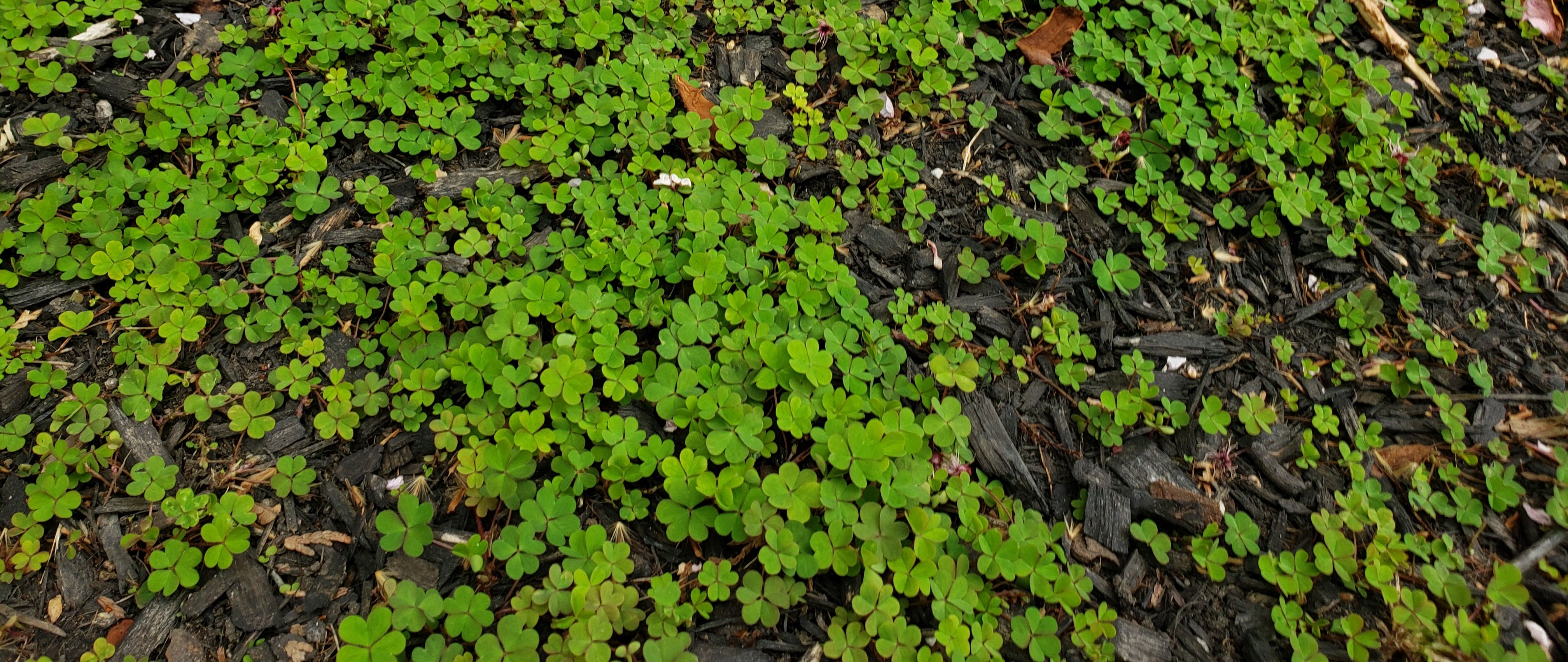
Wild and Naturalized Plants in West Philly
This is a collection of plants spotted in West Philadelphia (~2013 – present), including identifications using FlowerChecker+ (then verified by Guy Nesom). For identification of cultivated plants in West Philly (i.e. not weeds), scroll all the way down, and I also suggest visiting my FlowerChecker herbarium.
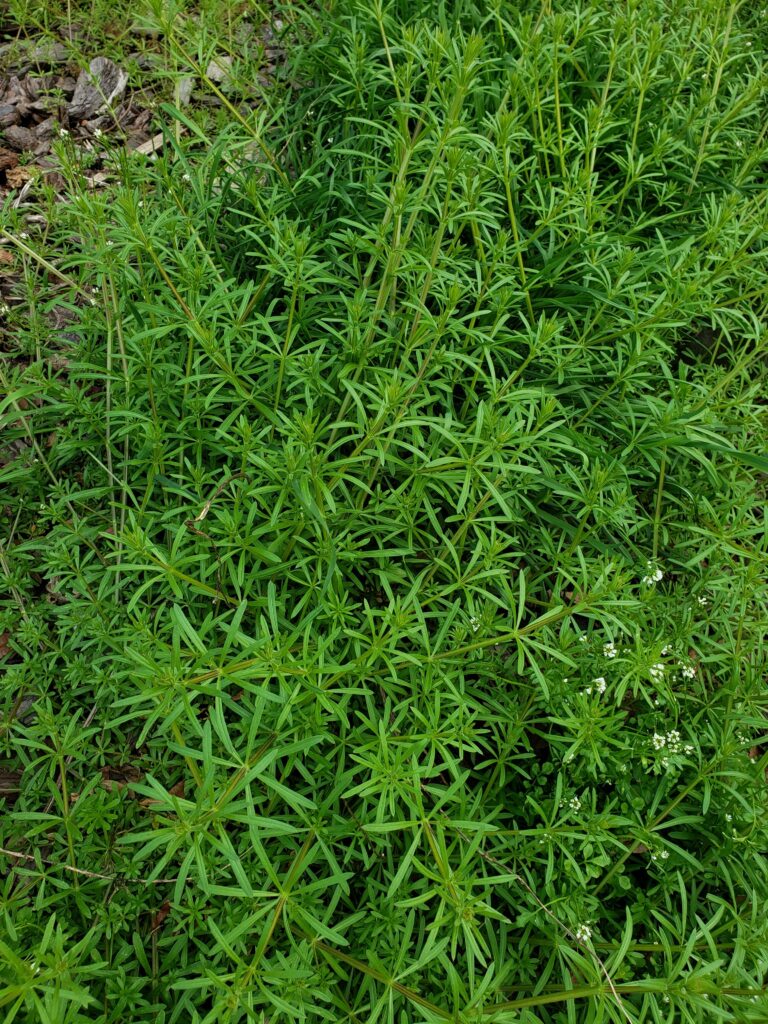
Galium aparine (sticky willy; velcro plant; goosegrass; cleaver; catchweed). These are annuals with creeping stems that branch and grow along the ground and over other plants – all over West Philly from March-May. They attach themselves to clothes and animal fur with small hooked hairs that grow out of the stems and leaves. The stems can reach up to three feet, and are angular or square shaped. The leaves and stems of the plant can be cooked as a leaf vegetable if gathered before the fruits appear. It is in the same family as coffee, and the seeds therefore contain some caffeine.
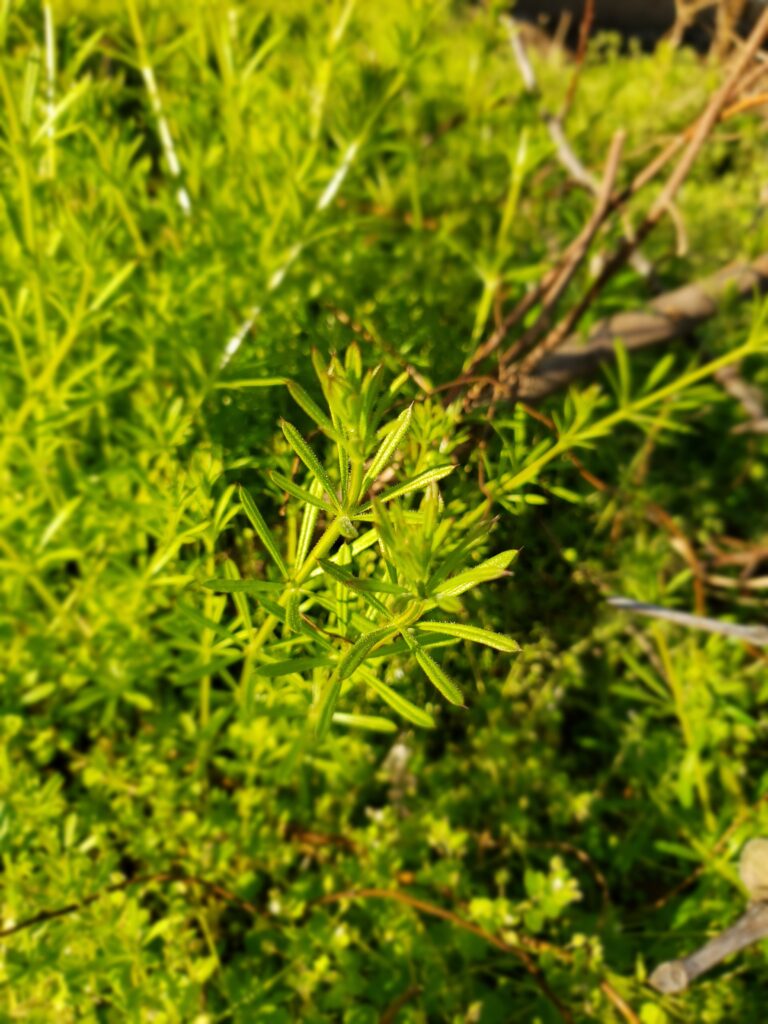
Galium aparine
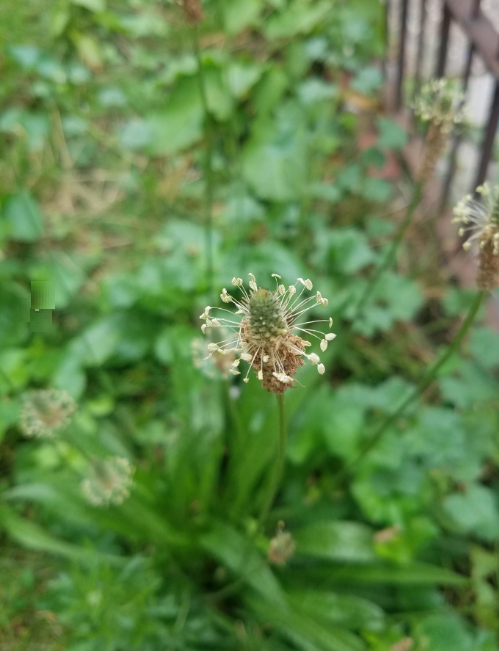
Plantago lanceolata (ribwort plantain; lamb’s tongue). This is a species of flowering plant in the plantain family Plantaginaceae, used frequently in herbal teas and other herbal remedies. The seeds are eaten mostly by songbirds, and leaves are eaten by some rodents (e.g. rabbits, but not squirrels). They act as hosts to dozens of species of butterflies and moths – e.g. buckeye butterfly larvae eat P. lanceolata leaves to make themselves unpalatable to predators. Notably, this species cannot reproduce asexually – it must cross with another ribwort plantain.
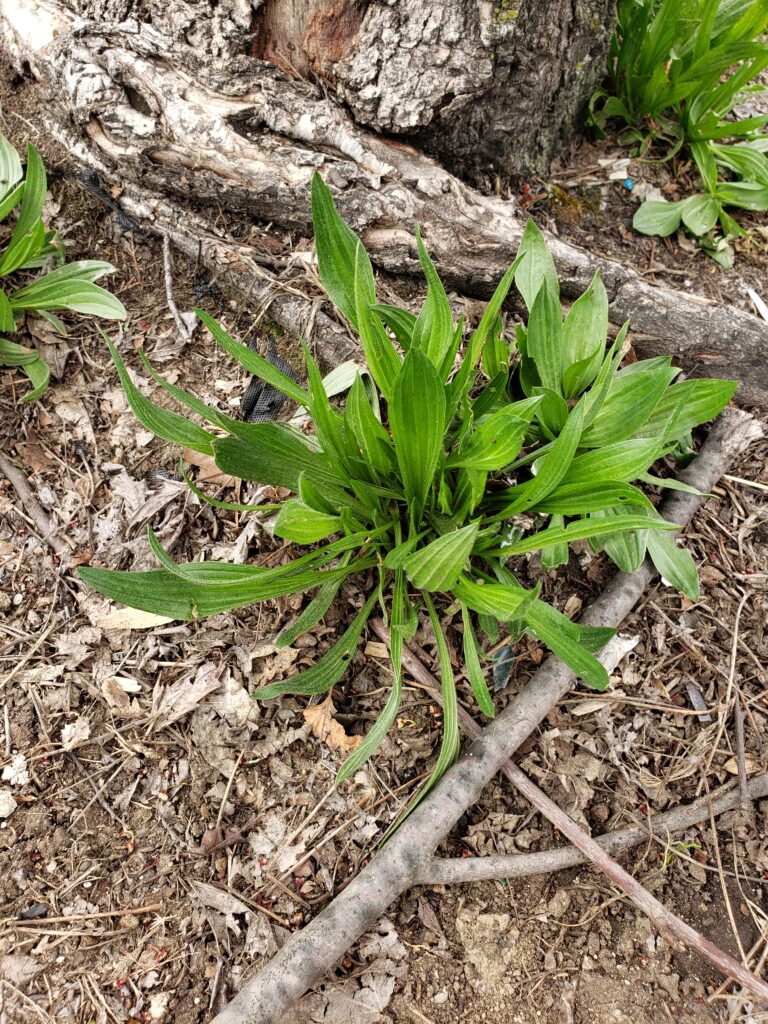
Plantago lanceolata
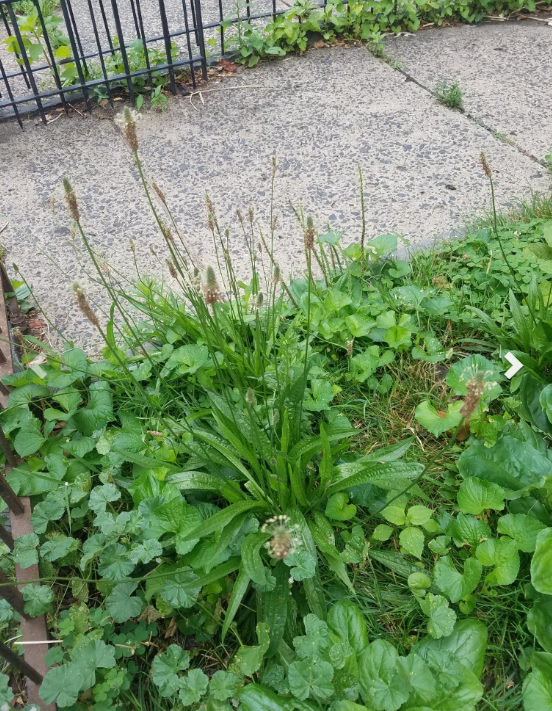
Plantago lanceolata
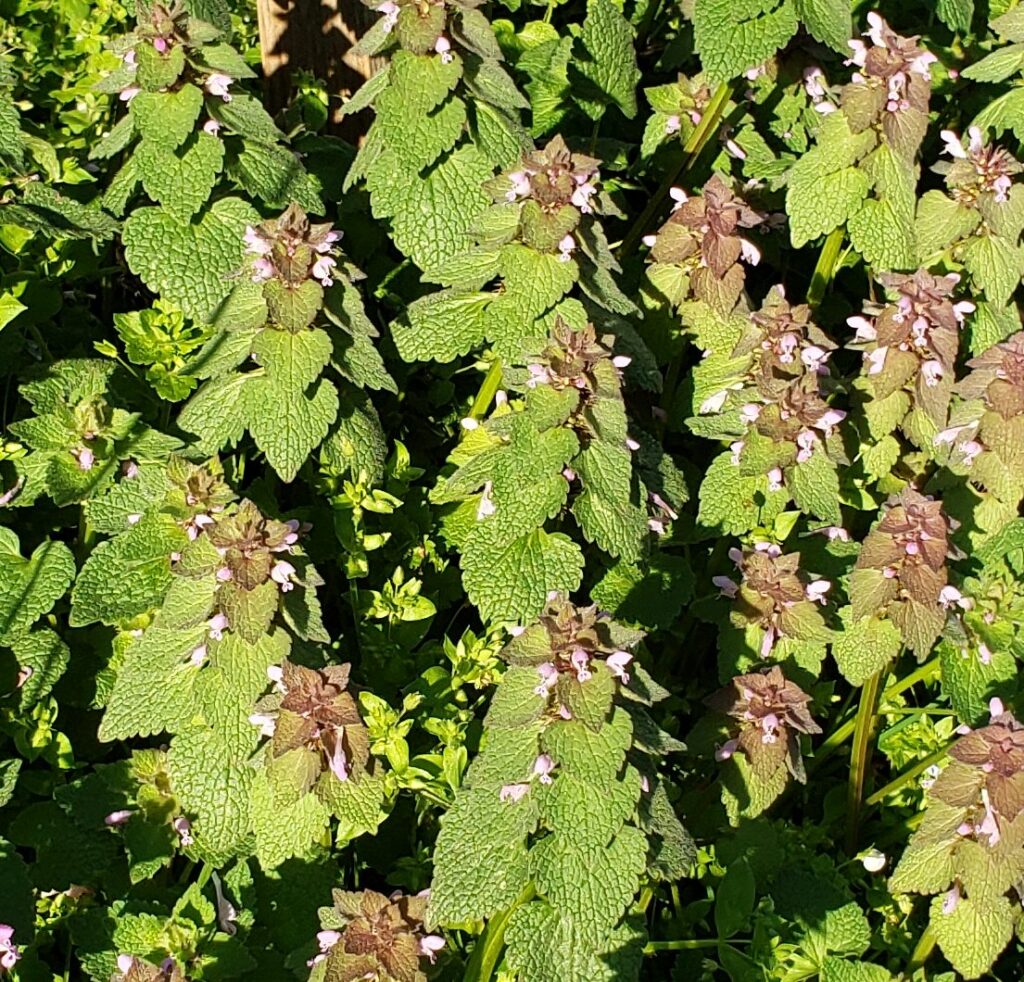
Lamium purpureum (red dead-nettle). Henbit is a low-growing annual plant with soft, finely hairy stems, leaves opposite with a lobed margin, and flowers that are pink to purple. This is an interesting one insofar as it does incredibly well here (e.g. large portions of westphillyplotland.org get covered in it in Spring), yet it is not considered invasive. It provides so many benefits to the ecosystem that they outweigh henbit’s dominating coverage in Spring.
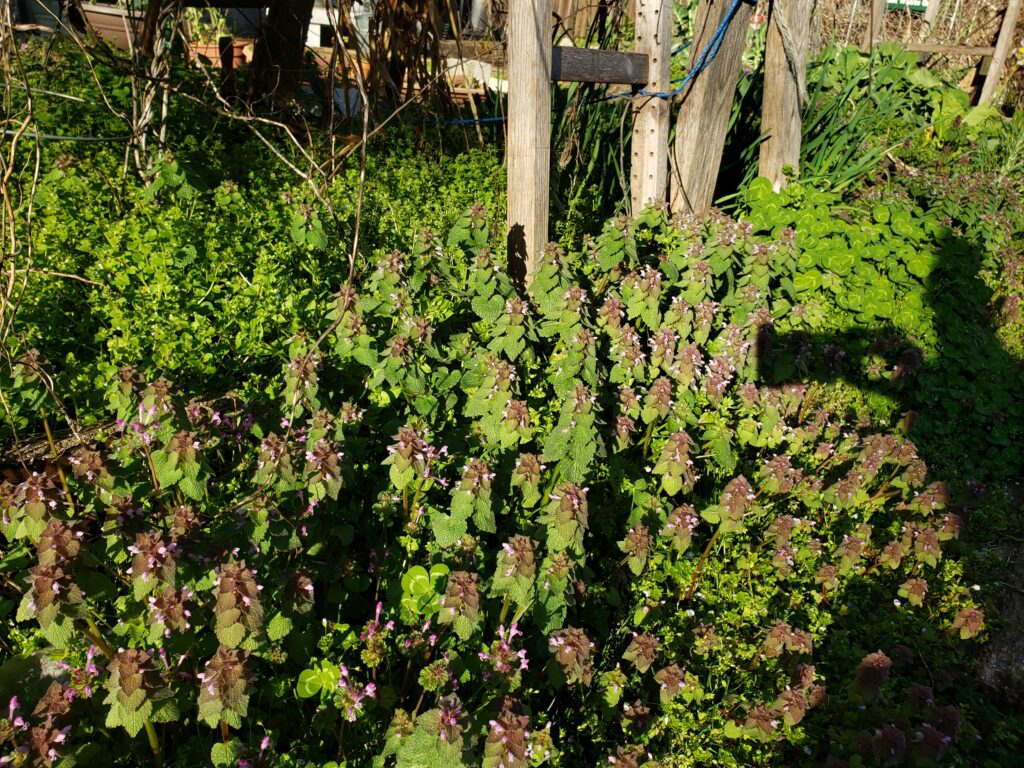
Lamium purpureum
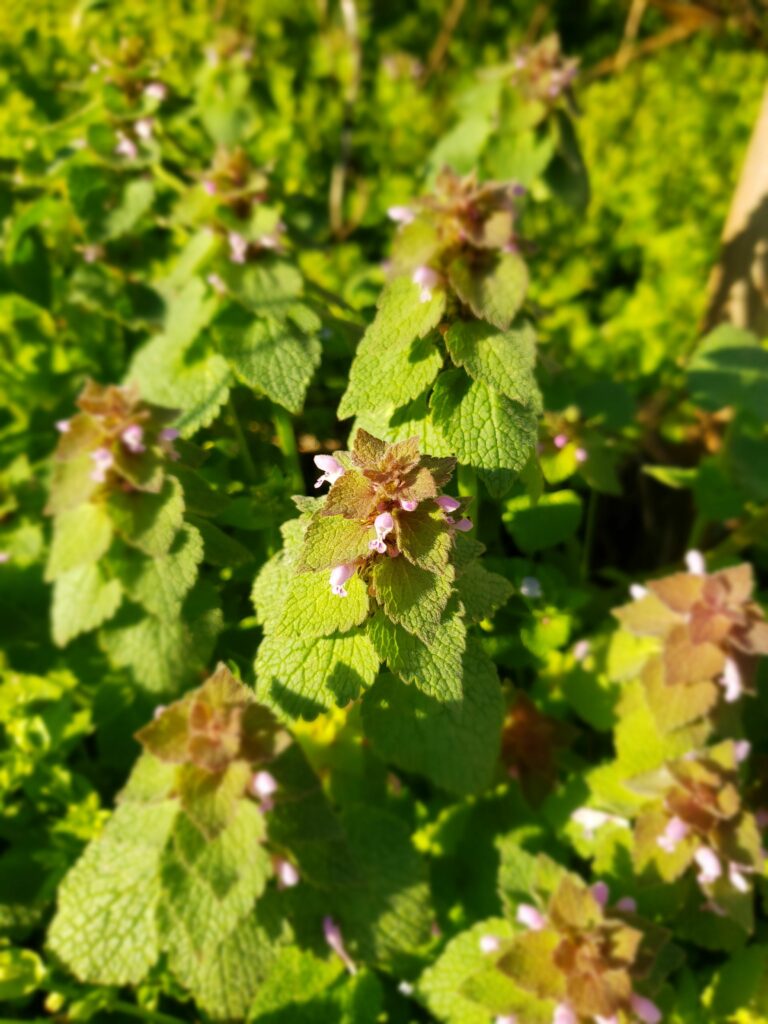
Lamium purpureum
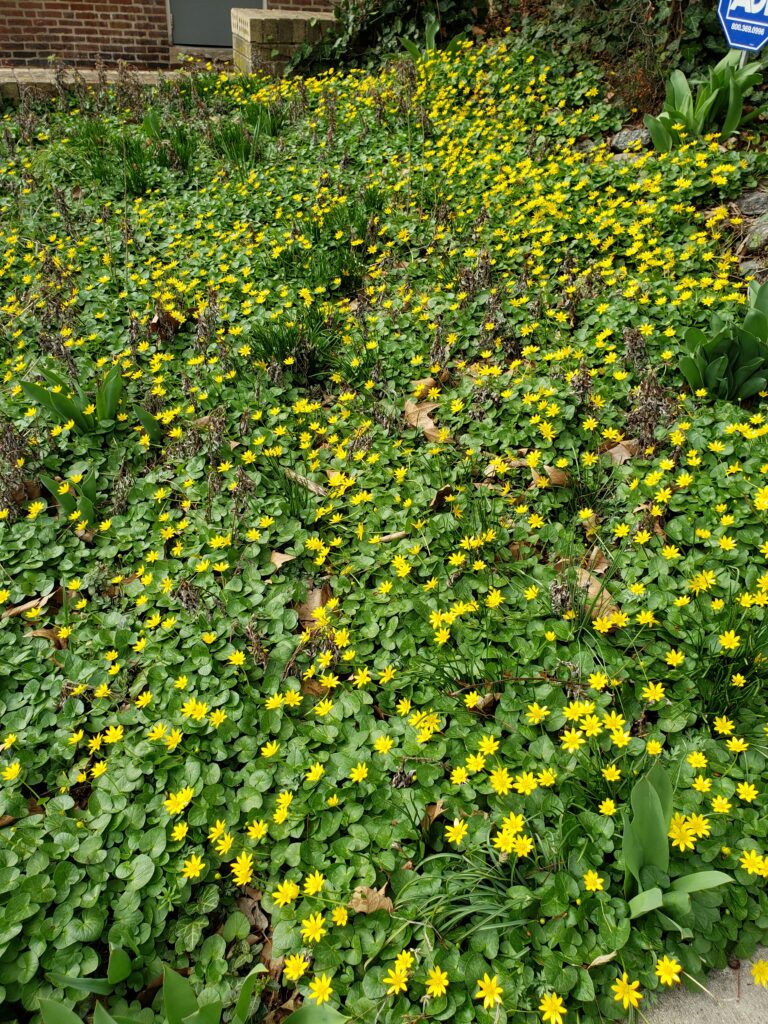
Ficaria verna (lesser celandine; Ranunculus). This is a low-growing perennial flowering plant with fleshy dark green, heart-shaped leaves and distinctive flowers with bright yellow, glossy petals. It is introduced in North America, where it is considered an invasive species. The plant is poisonous if ingested raw and potentially fatal to grazing animals and livestock such as horses, cattle, and sheep. Emerging in late winter with flowers appearing March-May in West Philly, its appearance is regarded by many (including me) as a harbinger of spring.
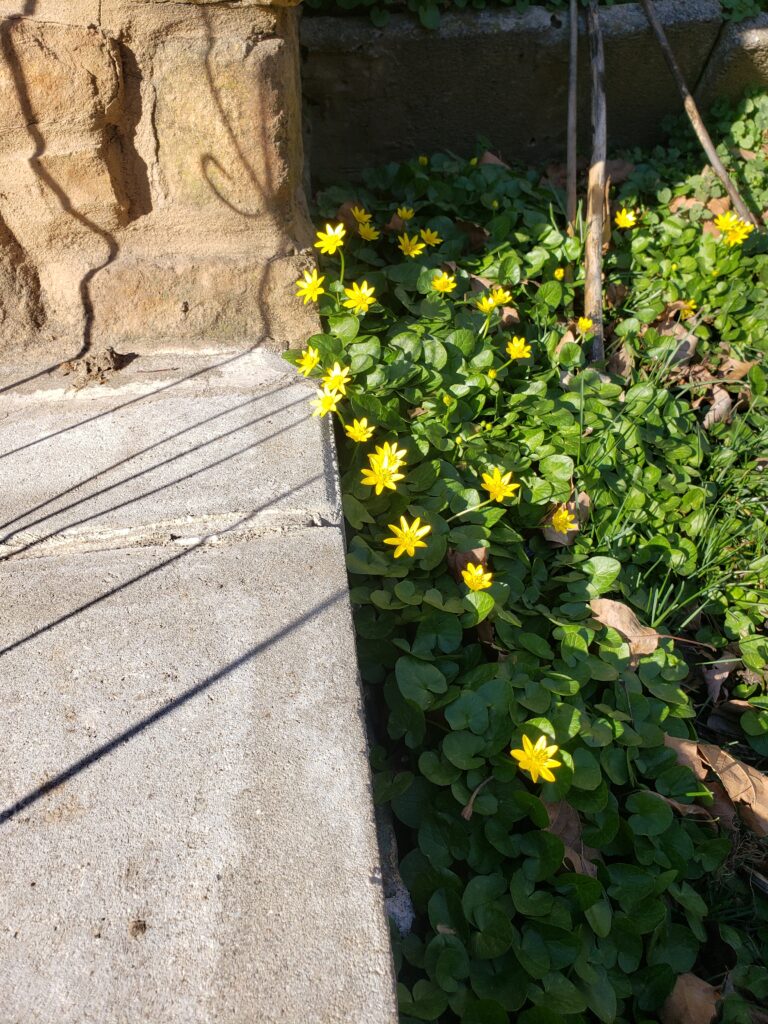
Ficaria verna
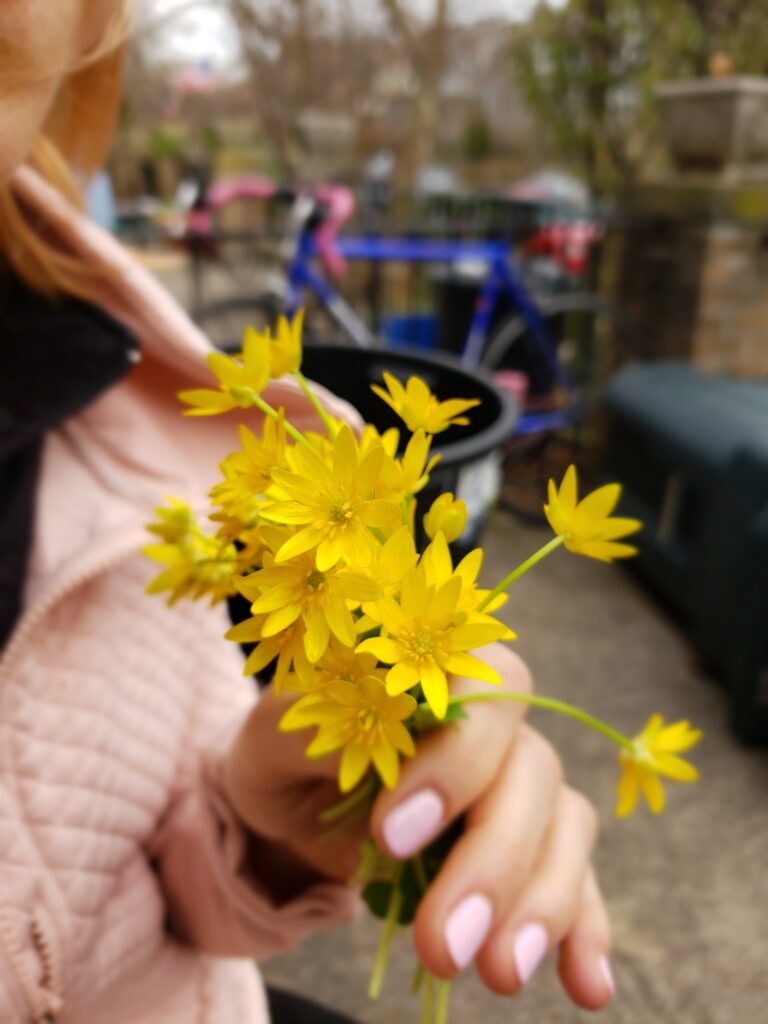
Ficaria verna
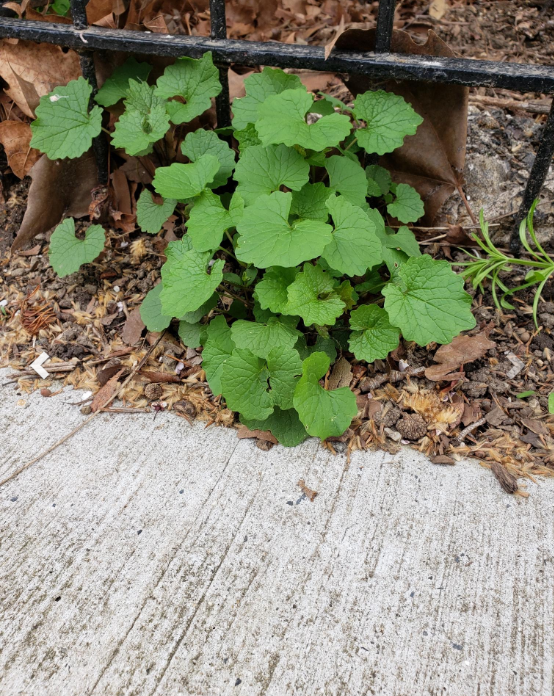
Alliaria petiolata (garlic mustard; jack-by-the-hedge). This is a biennial flowering plant in the mustard family (Brassicaceae). It is native to most parts of Europe, western and central Asia, and north-western Africa. In the first year, plants form clumps of round, slightly wrinkled leaves that, when crushed, smell like garlic. The next year plants flower in Spring, producing cross shaped white flowers in dense clusters. There is proof of this species being used as a culinary herb in Europe as early as ~4,000 B.C.E., which is earlier than almost any known herbs. It has also been used to control erosion, but overall this plant is hated for its hardy invasiveness.
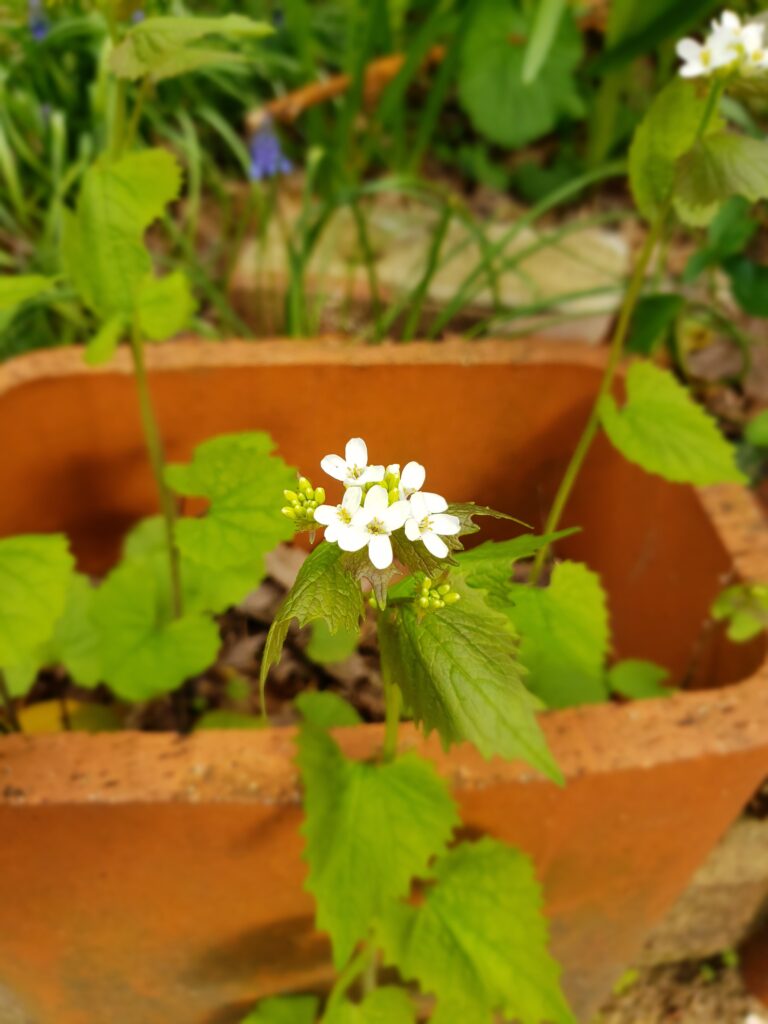
Alliaria petiolata
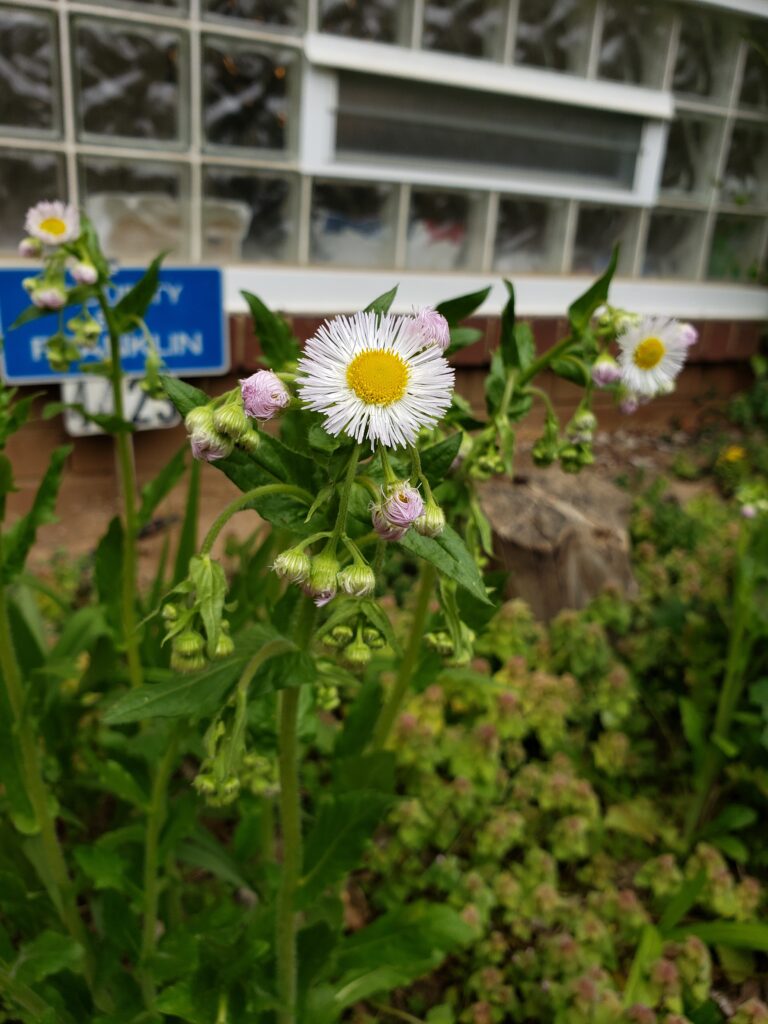
Erigeron philadelphicus (Philadelphia fleabane). Despite its name, this Erigeron species is found all over the world, though it’s considered an invasive weed outside North America. Two things to know about this genus: “Erigeron” translates from Latin as “early old man”, possibly because they tend to come up early and are often hoary like an old man’s head or beard. Second, the name “fleabane” comes from the fact that these plants might repel fleas.
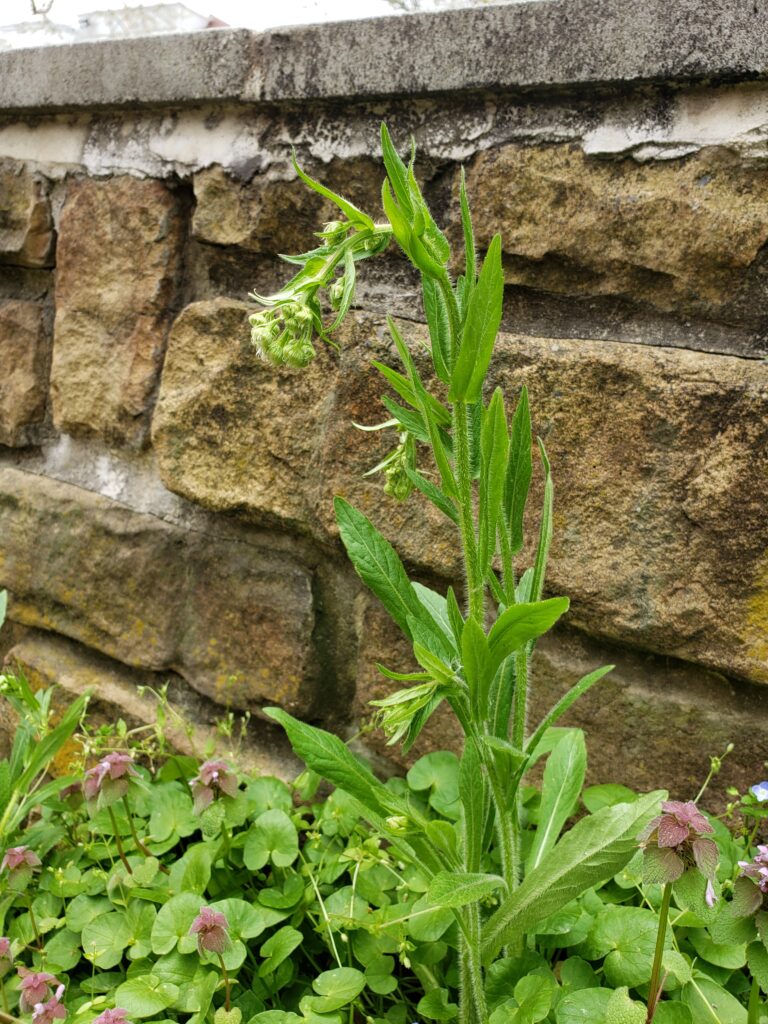
Erigeron philadelphicus
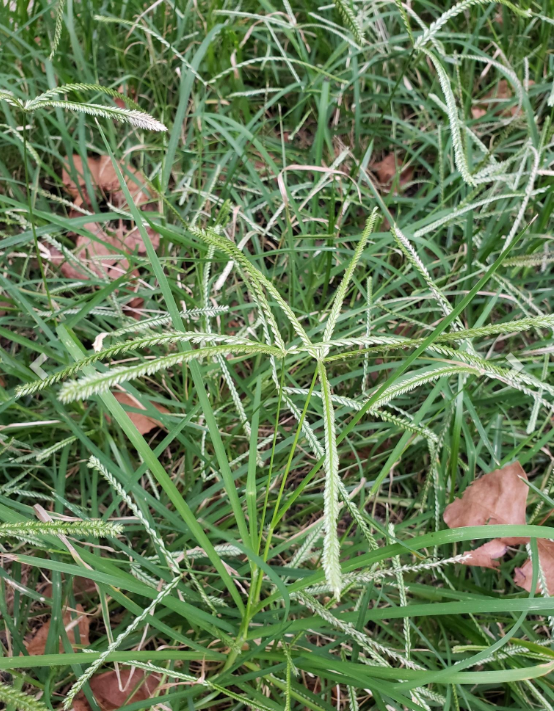
Eleusine indica. (crowfootgrass; Indian goosegrass; yard-grass). This is a species of annual grass distributed throughout the warmer areas of the world to about 50 degrees latitude. It is an invasive species in some areas, but note that seeds of E. indica are edible and sometimes used as a famine food. It is a common weed of cultivated crops, lawns, and golf courses, and it thrives in disturbed areas with compacted soils in full sun. It is capable of setting seed even when closely mown, and some populations have evolved resistance to certain herbicides. Further, it performs C3 photosynthesis and therefore can grow in hot climates and in the hotter months of the temperate zone. Its seeds germinate later in spring than most other temperate zone weeds, such as crabgrasses.
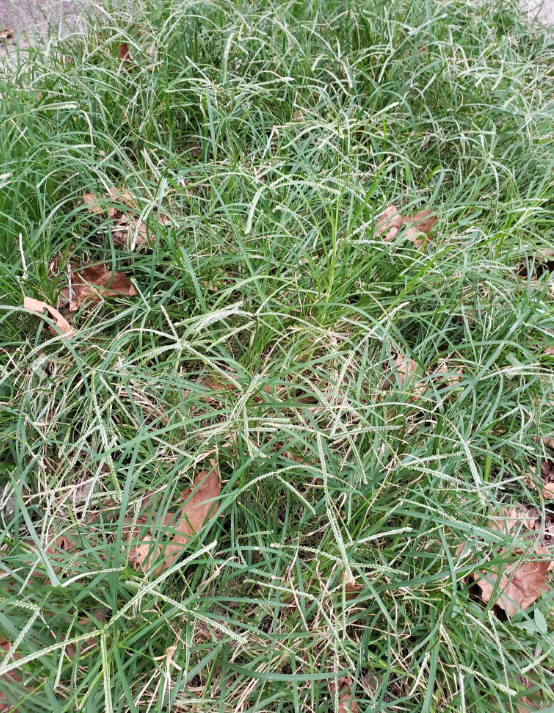
Eleusine indica
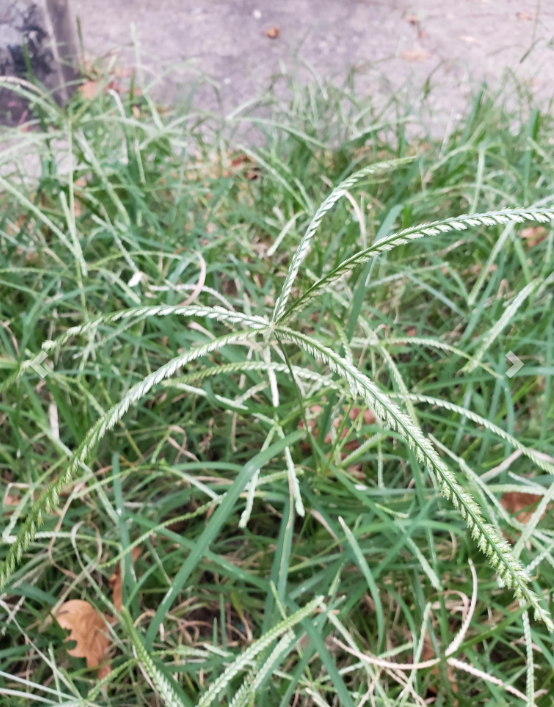
Eleusine indica
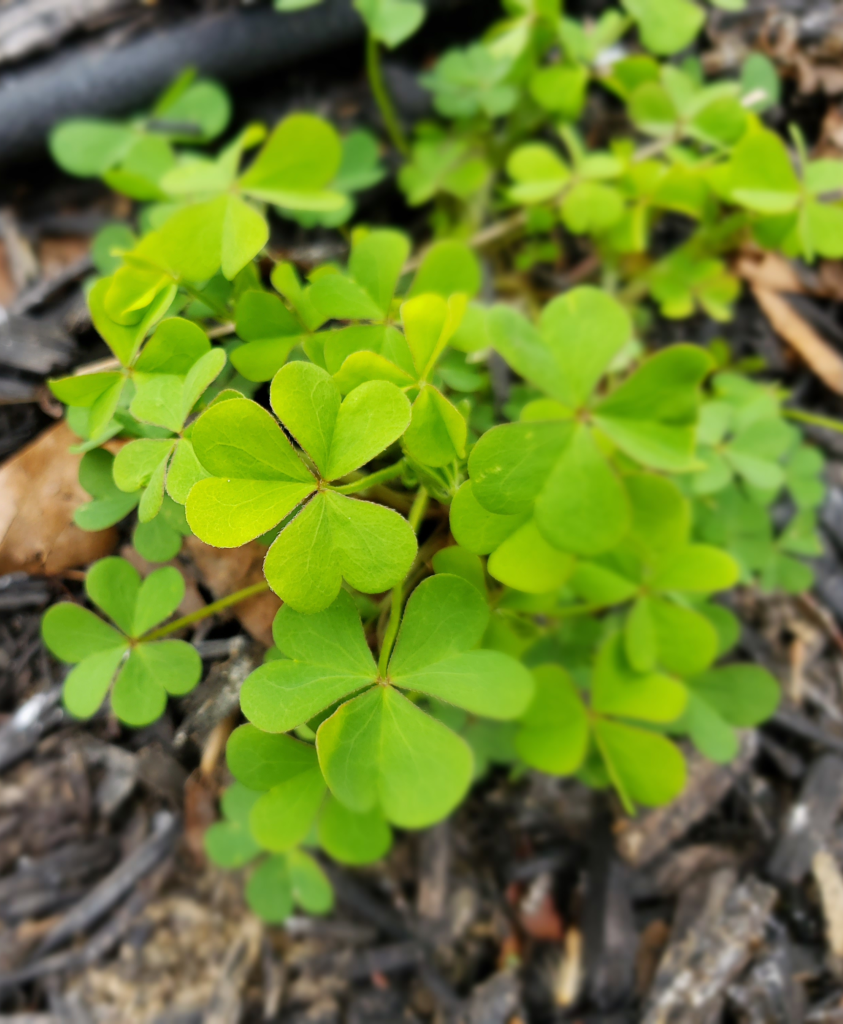
Oxalis stricta (yellow woodsorrel; lemon clover). This is an herbaceous plant native to North America and parts of Eurasia. It’s often sold in the US around St. Patrick’s Day because it looks a lot like a Shamrock (Trifolium dubium). All parts of Oxalis stricta are edible, with a tangy flavor common to all plants in the genus Oxalis. One of my favorite characteristics of Oxalis is that you can chew it to quench thirst (if desperate). However, note that eating Oxalis regularly is harmful, because oxalic acid prevents important nutrients from being absorbed. I read that if you boil the whole plant, it will make an orange dye – I intend to try this and will report back.
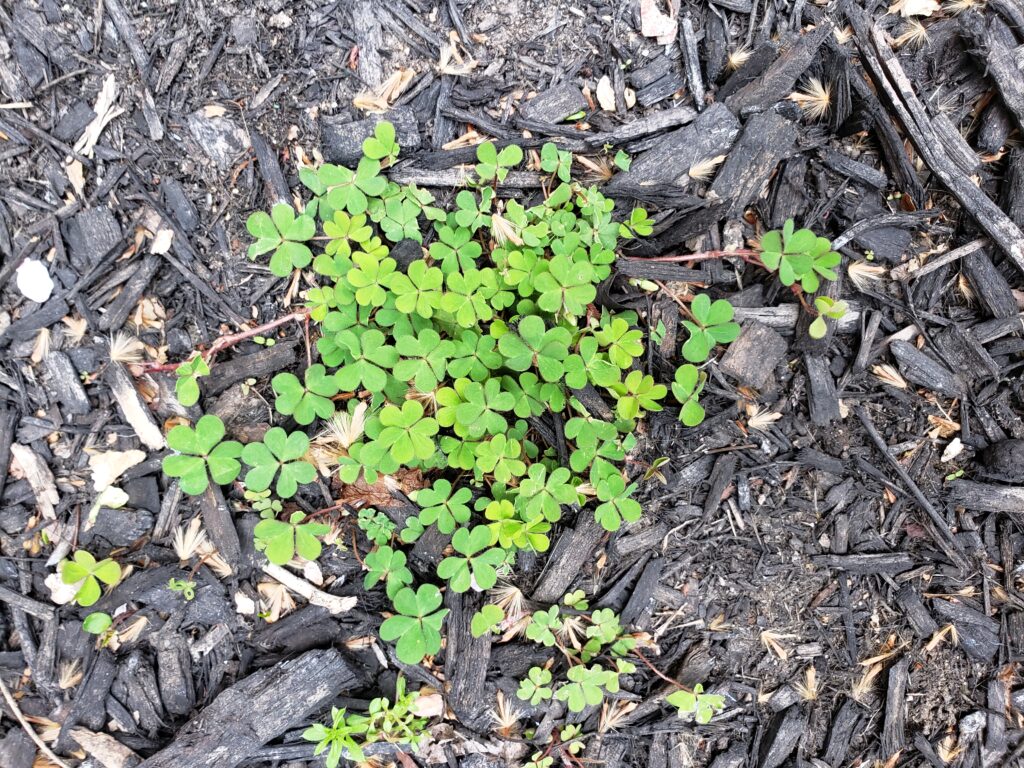
Oxalis stricta
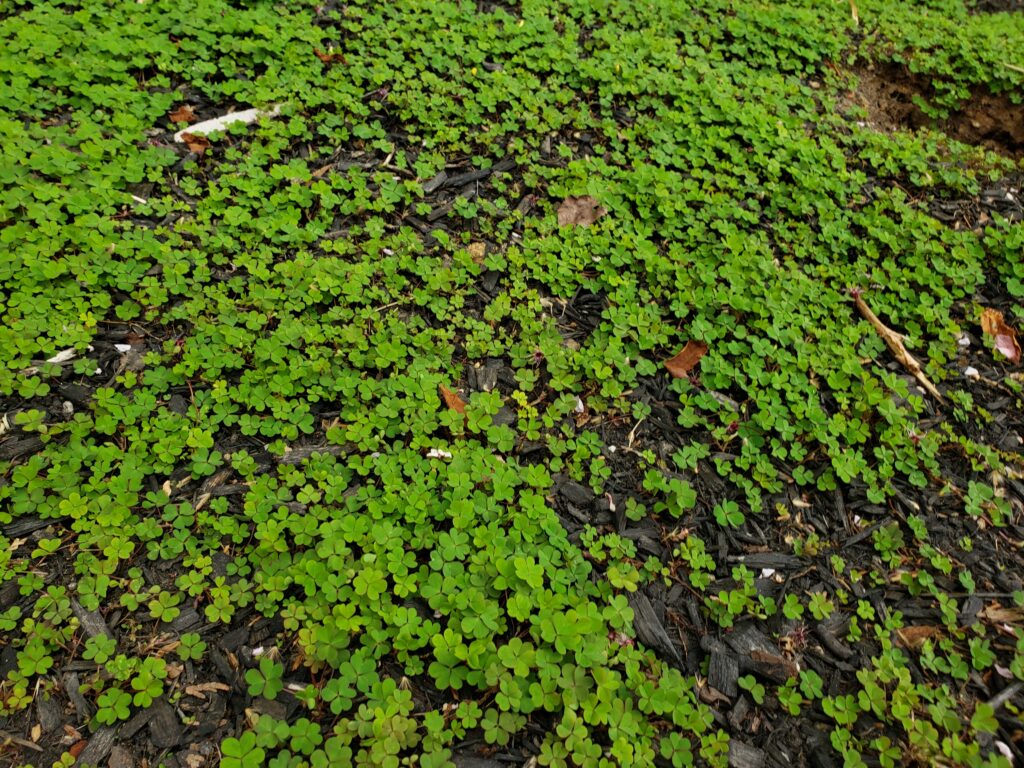
Oxalis stricta
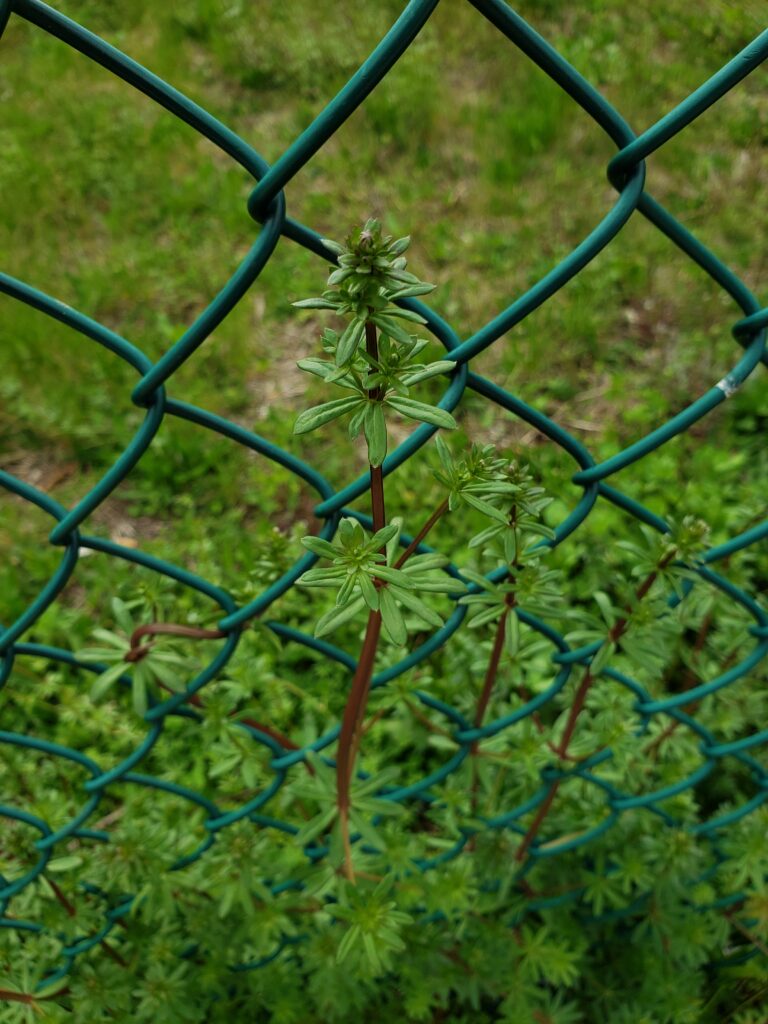
Galium mollugo (false baby’s breath; hedge bedstraw). This is an herbaceous annual plant of the family Rubiaceae, much like Galium aparine listed above except without the stickiness. It can reach a height of up to 40 inches, and the stems are square in cross-section. Unlike its cousin (stick willy) that dominates West Philly in March/April, Galium mollugo is rarer here – only seen in more direct sun areas like fences around abandoned lots.
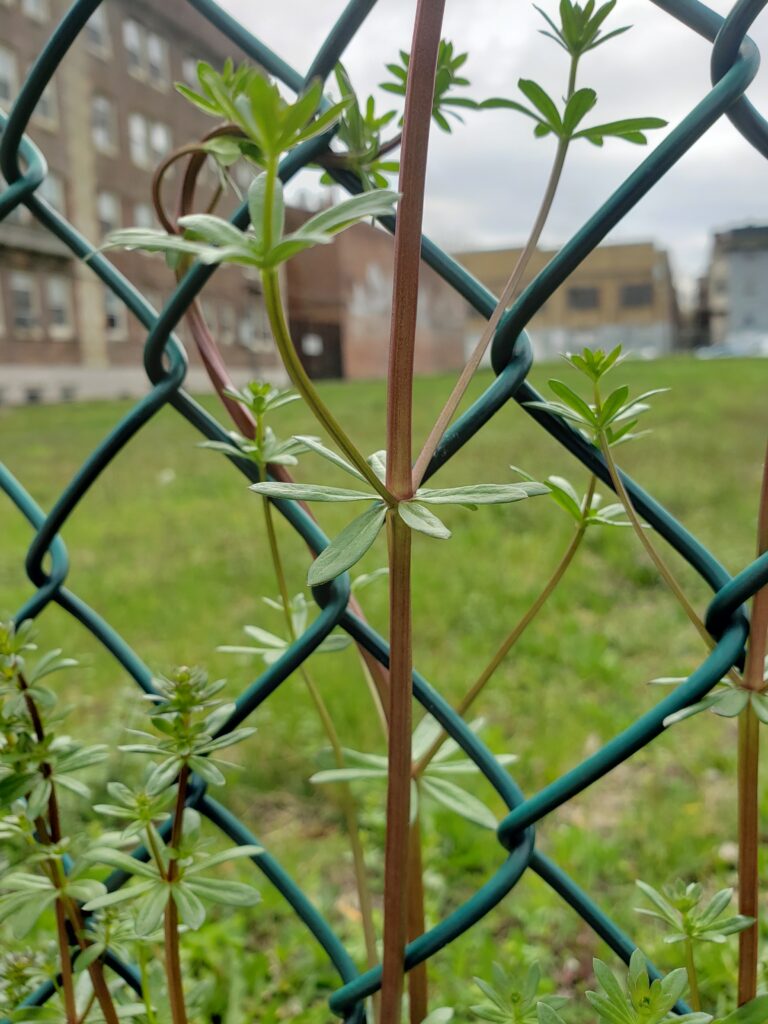
Galium mollugo
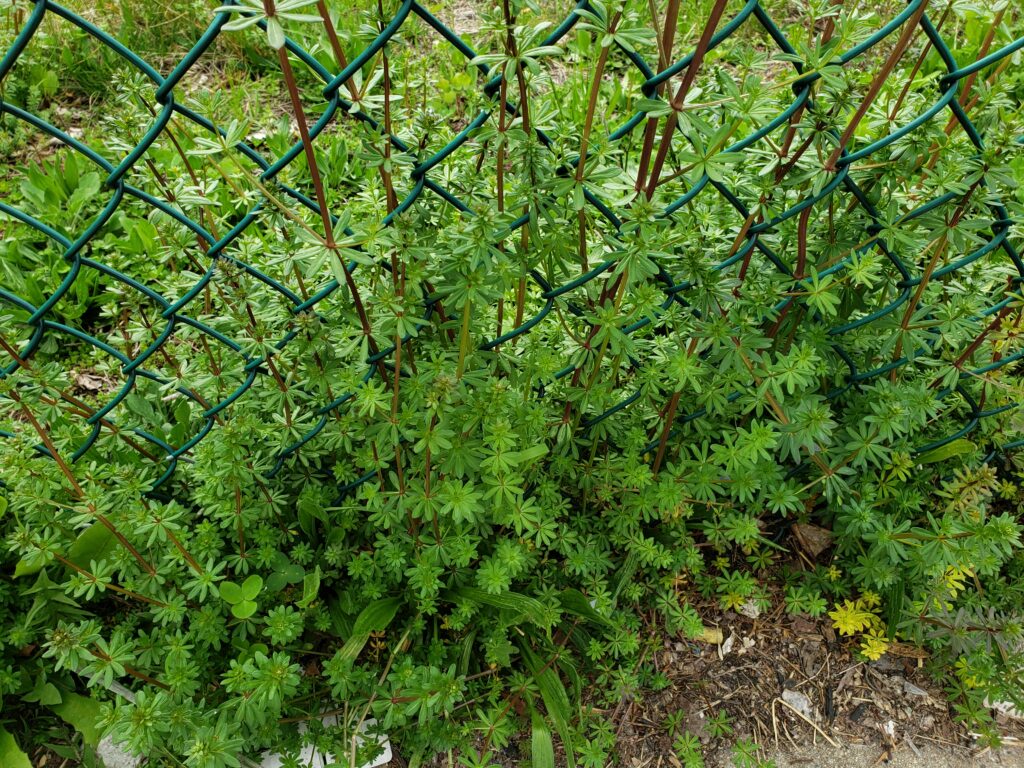
Galium mollugo
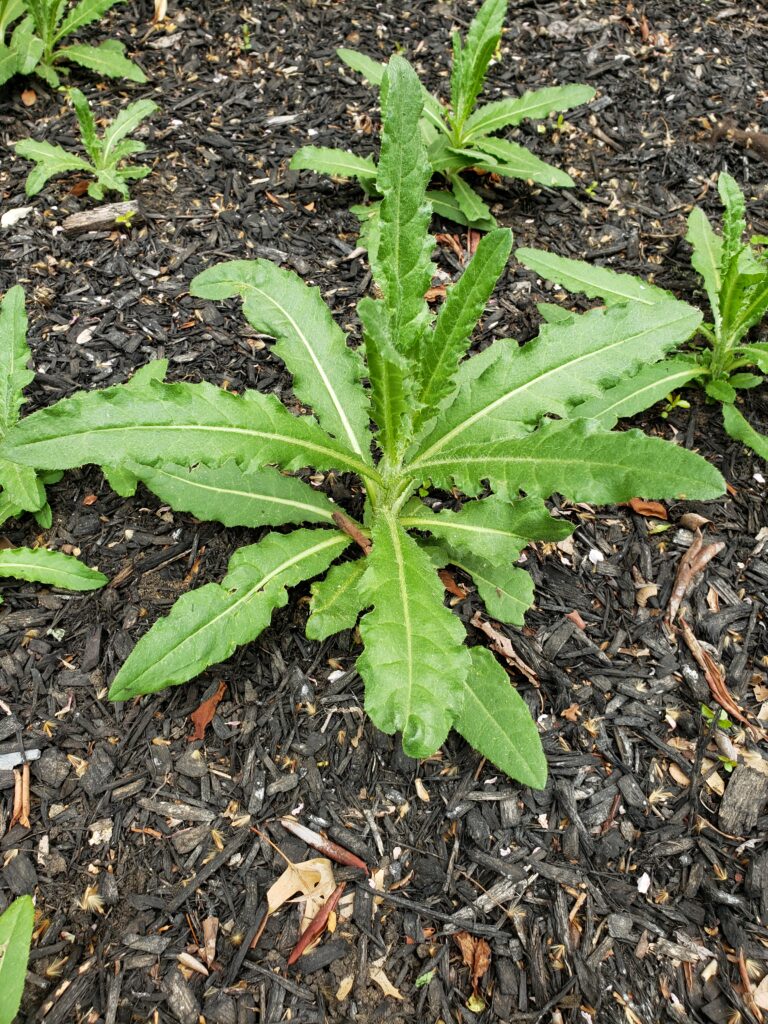
Cirsium arvense (creeping thistle; field thistle). This is a perennial species of flowering plant in the family Asteraceae, native throughout Europe and northern Asia, and widely introduced elsewhere. It has an underground root system it can use to spread (not via rhizomes), but another endearing way it can spread is by growing brand new stems from the portion of the stem that is underground. So, for example, if you mow it down all the way to ground level, it can still grow a new stem from the underground portion of the stem you just cut. Notably, it is beneficial for pollinators that rely on nectar – e.g. it was a top producer of nectar sugar in a 2016 study.
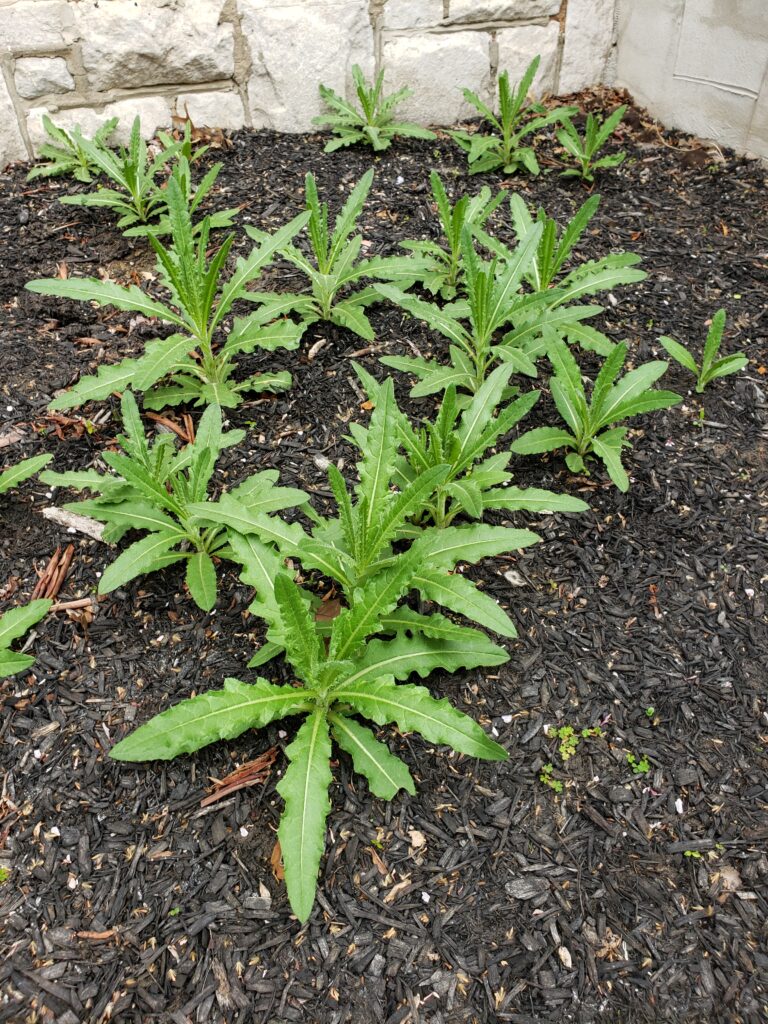
Cirsium arvense
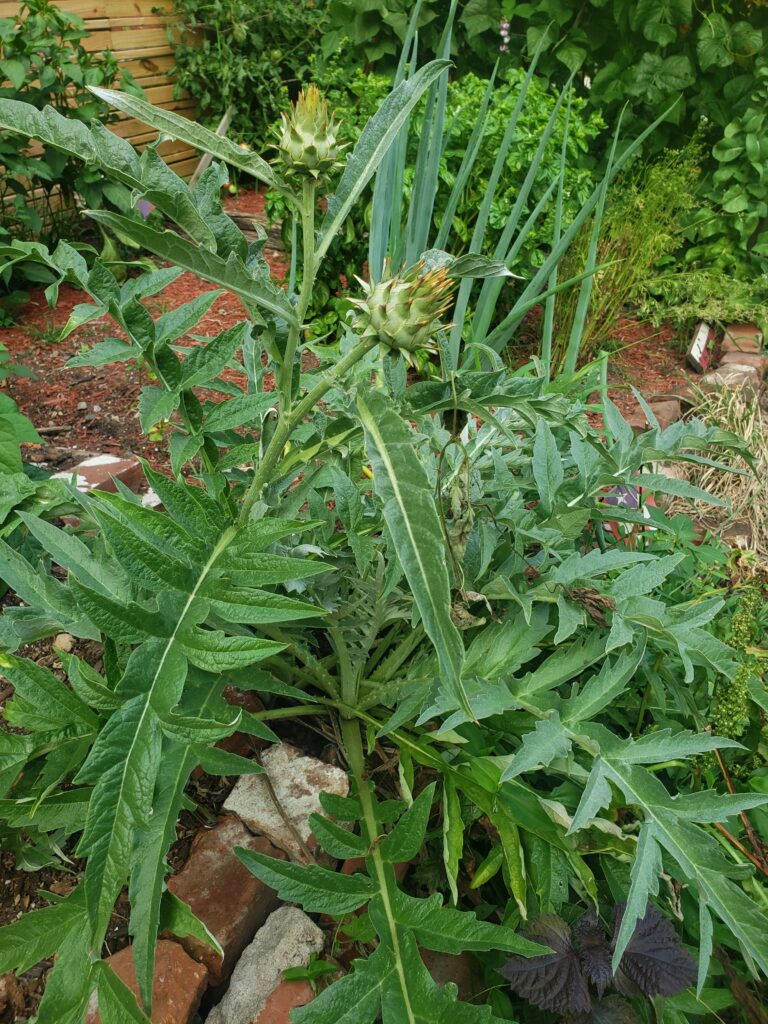
Cynara cardunculus (artichoke thistle; cardoon). This is a naturally occurring species that also has many cultivated forms, including the globe artichoke. It is native to the western and central Mediterranean region, where it was domesticated in ancient times and still occurs as a wild plant. Some in West Philly are intentionally planted (such as in westphillyplotland.org) and others apparently “naturalized” in odd places.
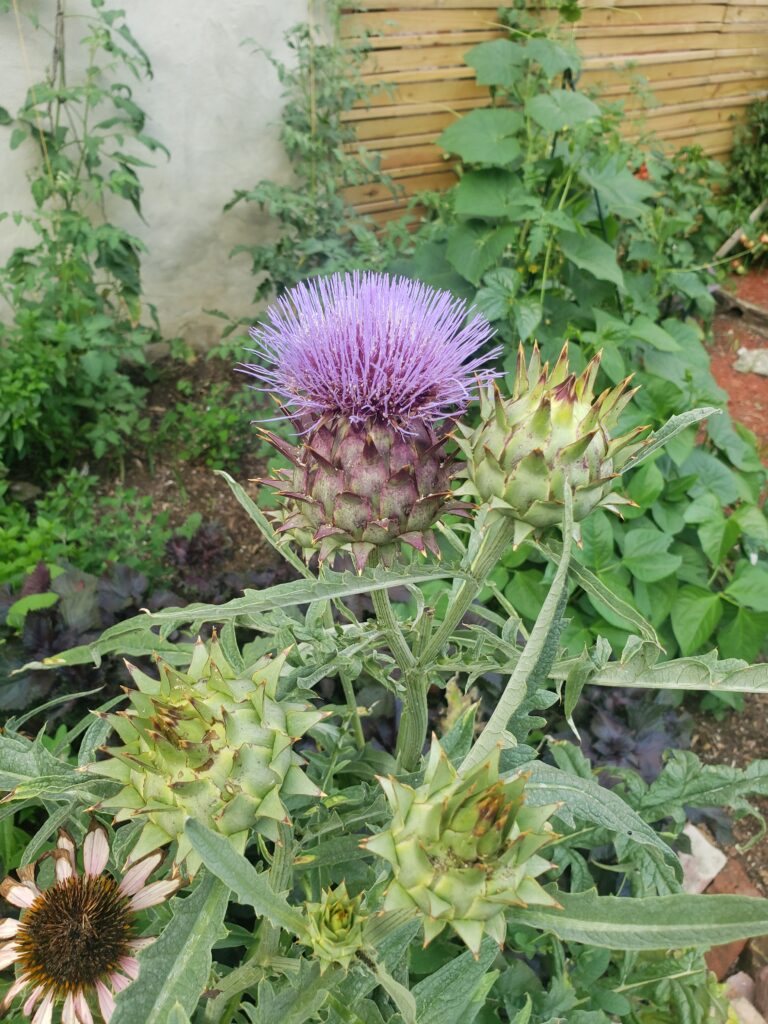
Cynara cardunculus
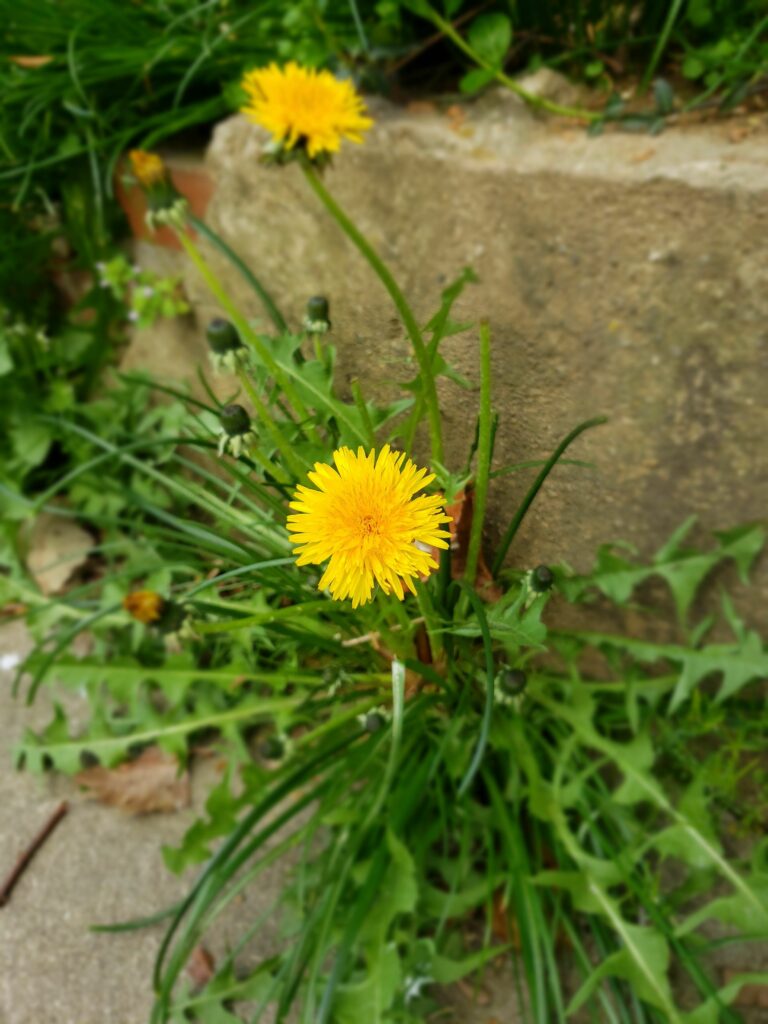
Taraxacum platycarpum & Taraxacum officinale (dandelion). The genus is native to Eurasia and North America, but these two species all over West Philly were introduced from Europe (officinale) and Korea (platycarpum; pictured at left) – both now propagate as wildflowers. Dandelions are edible in their entirety, and the common name (DAN-di-ly-ən, from French dent-de-lion, meaning “lion’s tooth”) is given to all members of this genus.
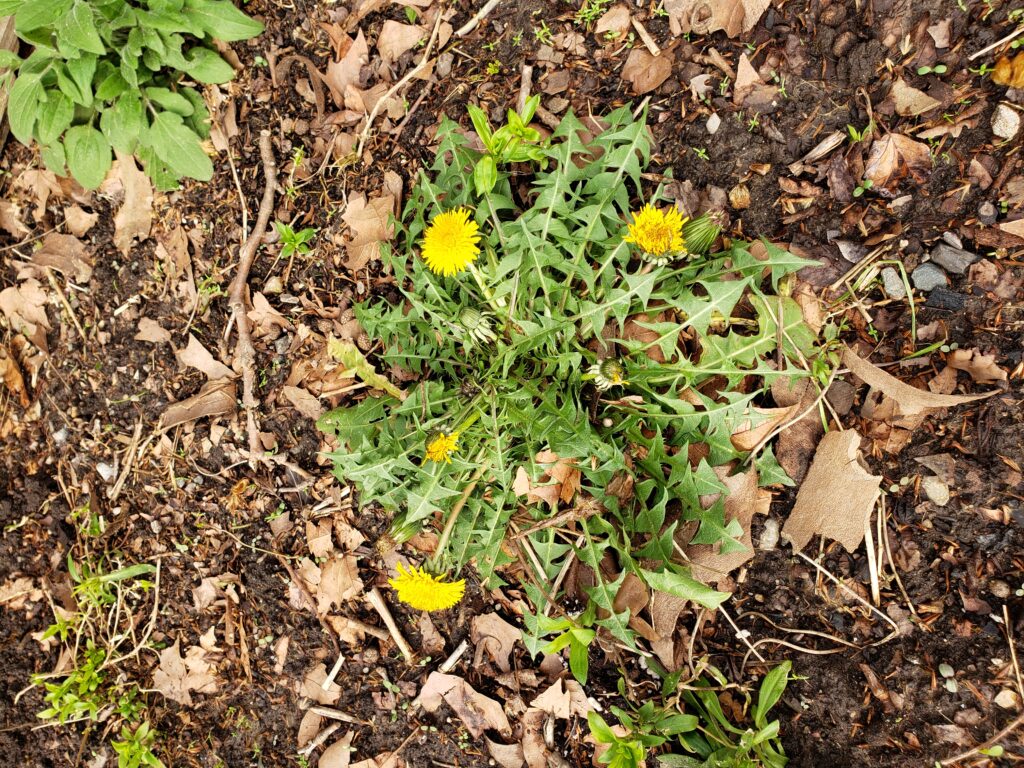
Taraxacum platycarpum
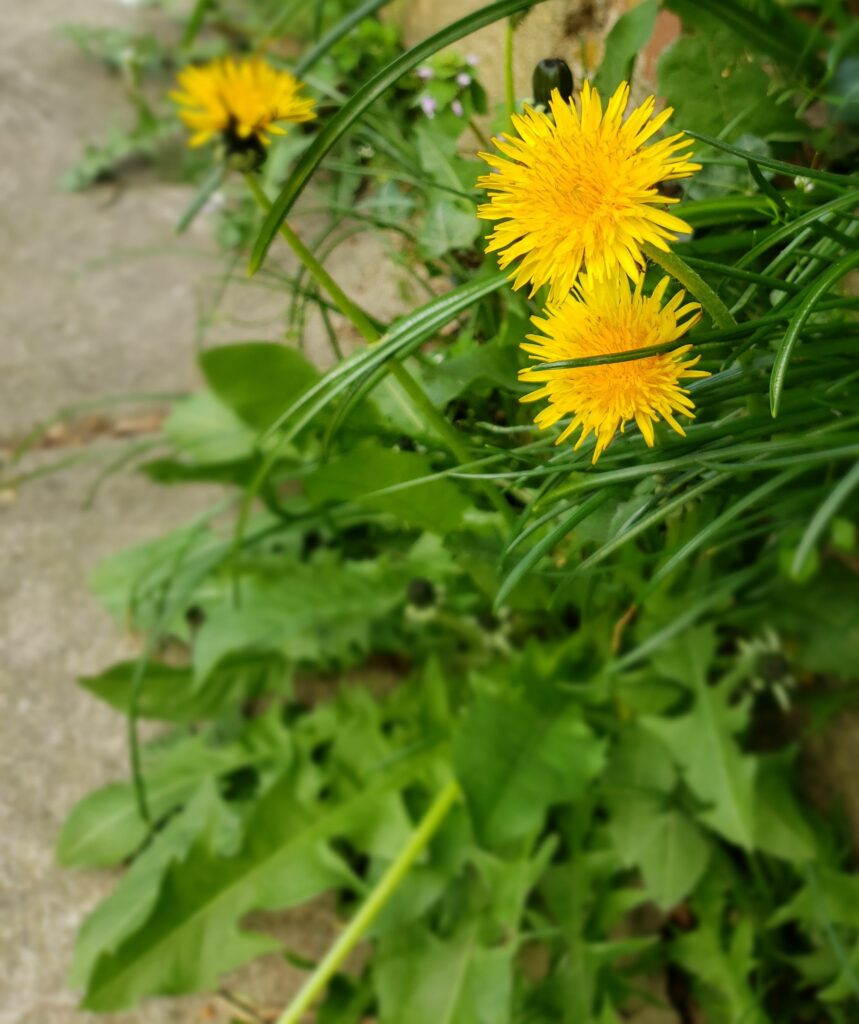
Taraxacum officinale
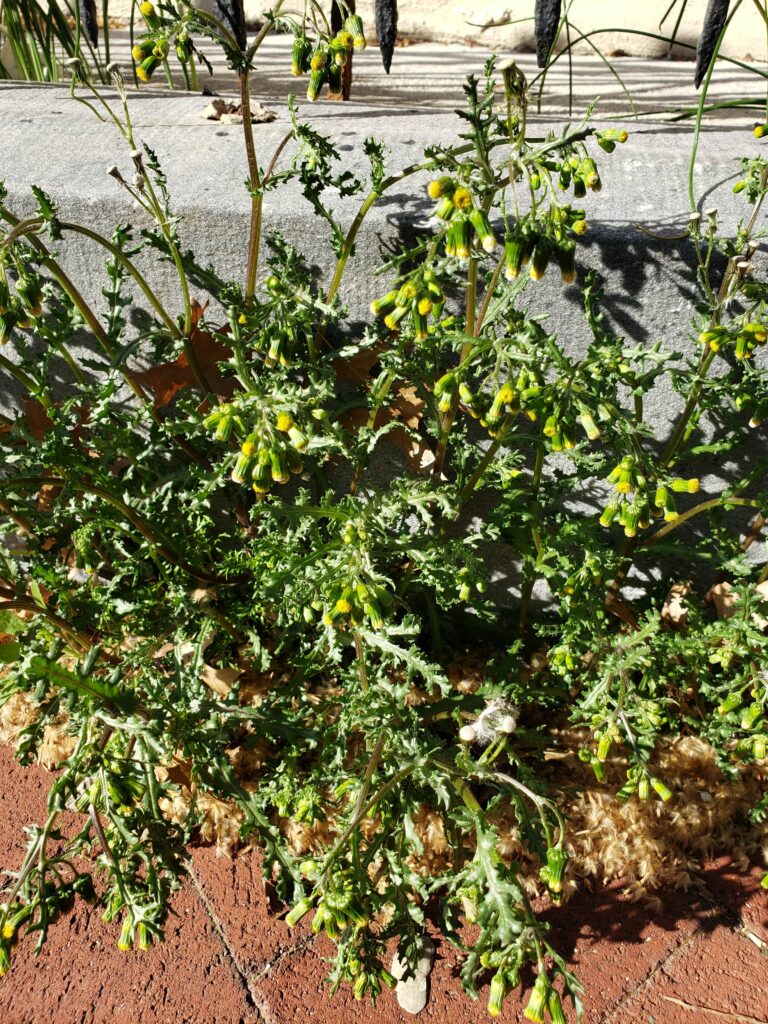
Senecio vulgaris (groundsel; old-man-in-the-spring). This is an annual growing up to 16 inches tall, and is all over West Philadelphia in the Spring. The flowers are unimpressive because the inflorescences usually lack ray florets, the yellow disc florets mostly hidden by the bracts. As is characteristic of species in this genus, the upper leaves lack their own stem (petiole), and there are often open clusters of 1-2 dozen cylindrical rayless yellow flower heads with a ring of black tipped bracts at the base of the inflorescence. The root system consists of a shallow taproot, and the plant spreads by “traditional” self-reseeding. This species acts as a host for the fungus that causes black root rot in many common garden plants.
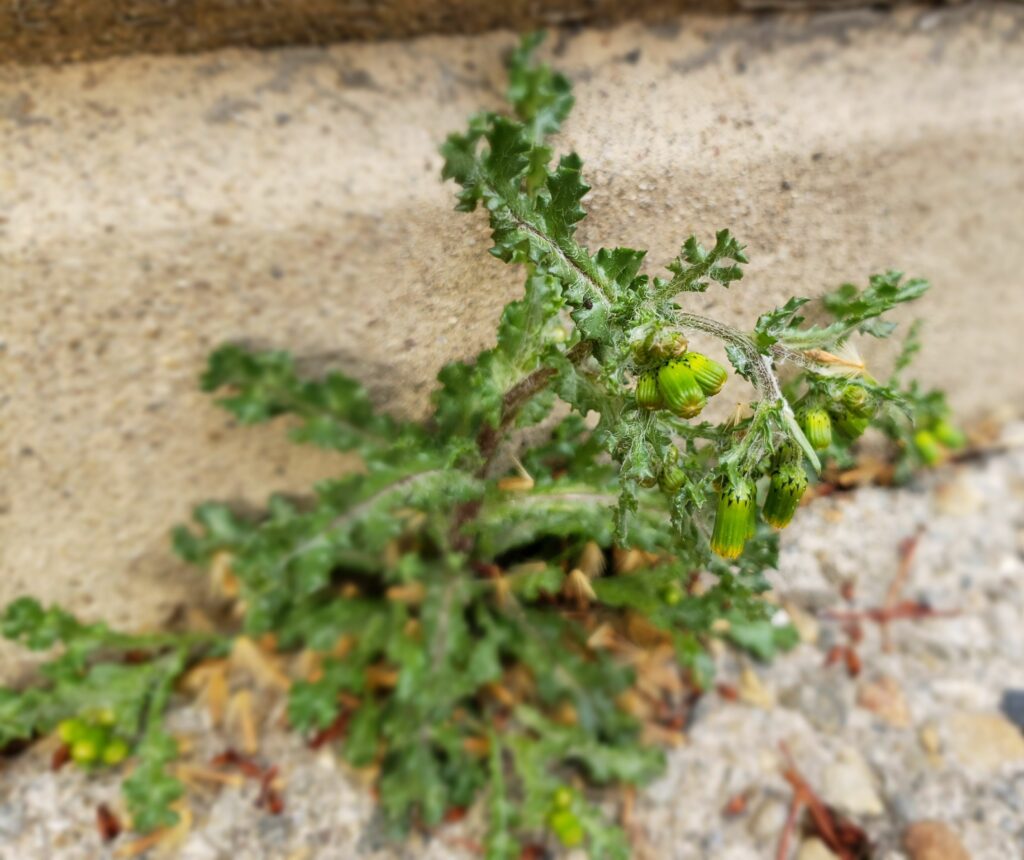
Senecio vulgaris
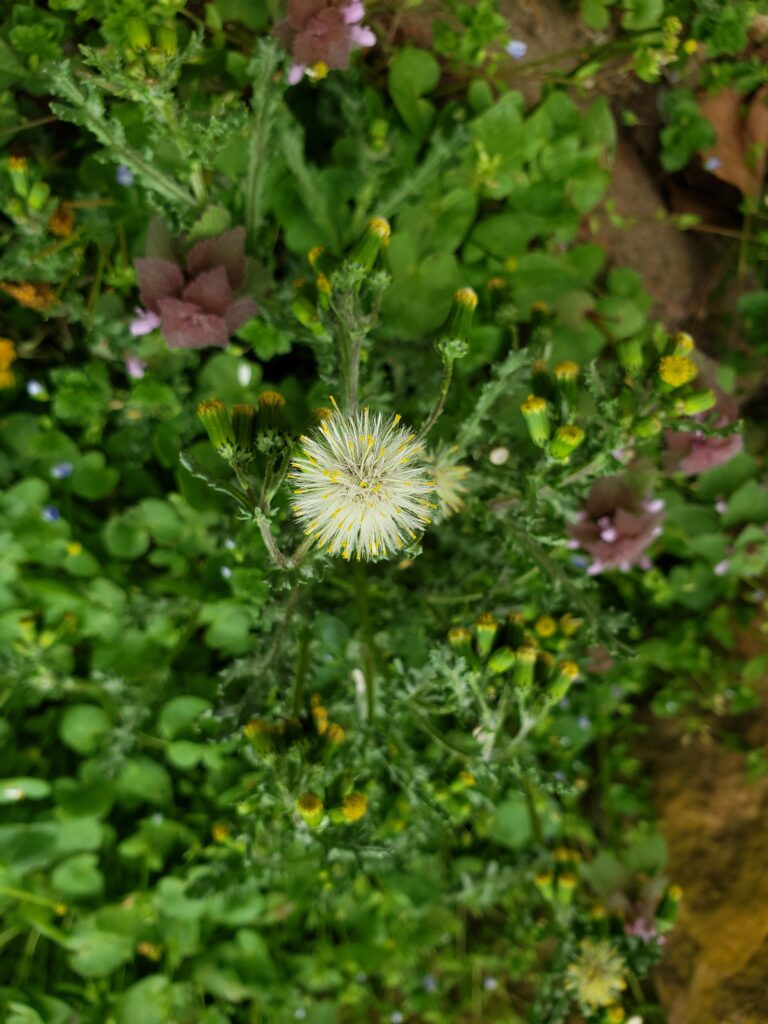
Senecio vulgaris
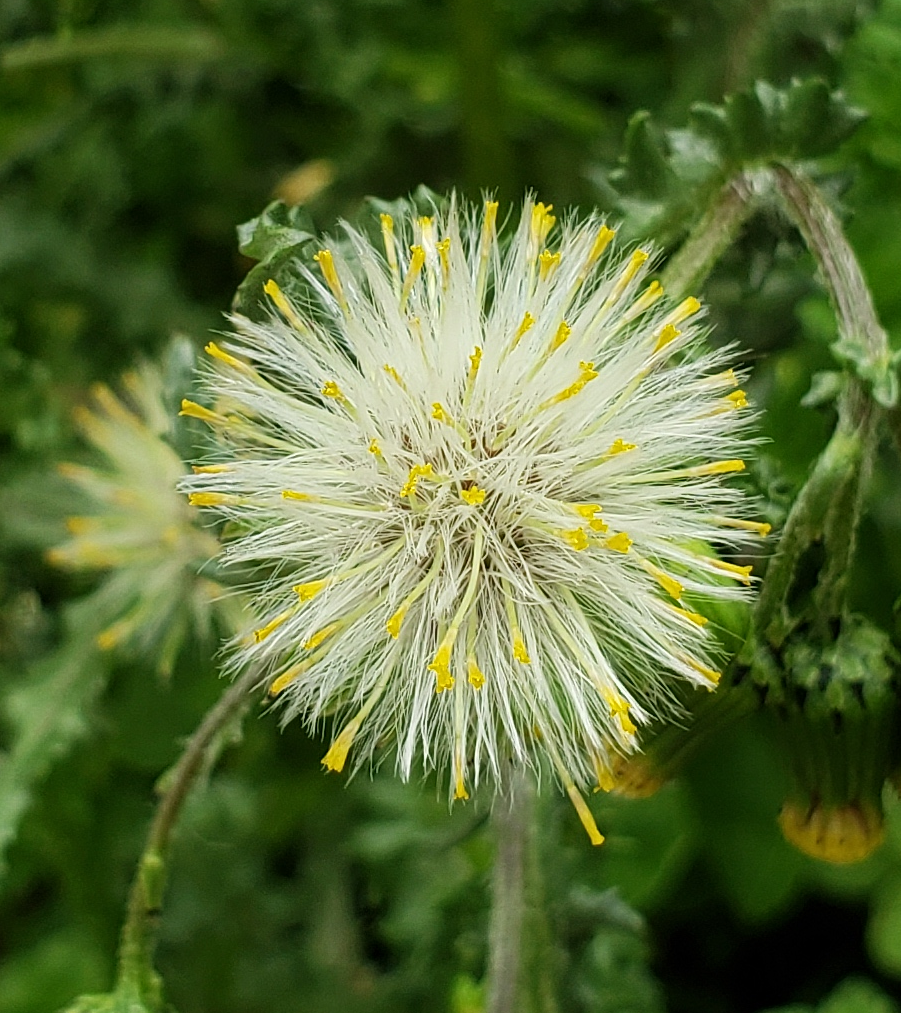
Senecio vulgaris
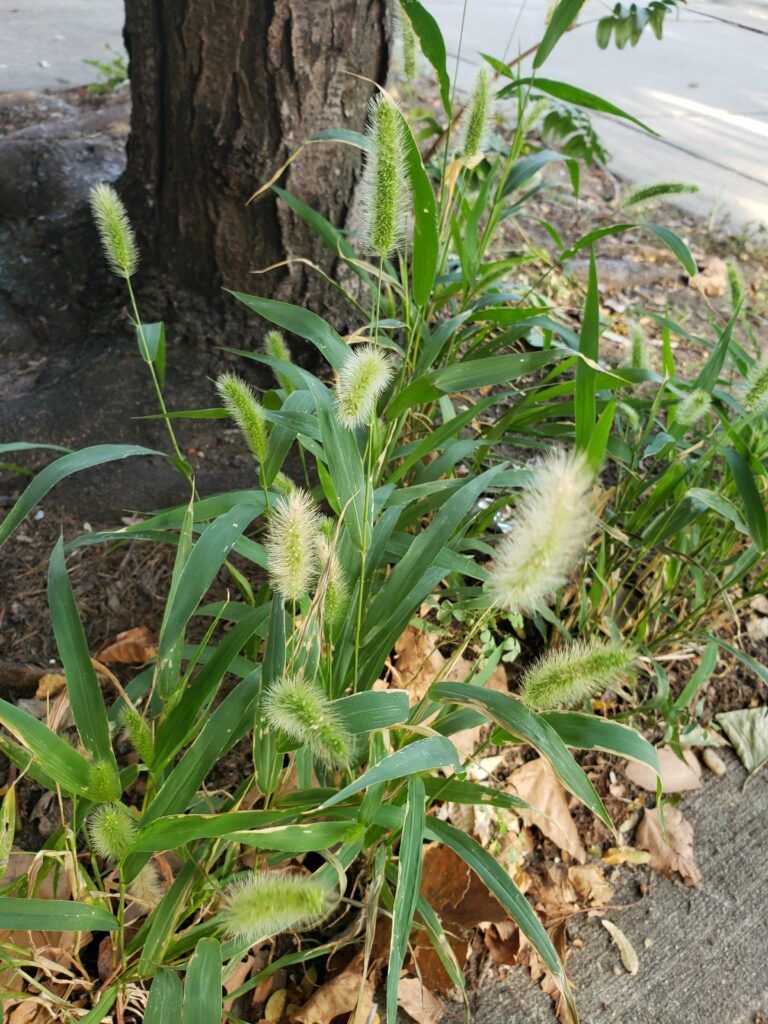
Setaria viridis (green bristlegrass, wild foxtail millet). This plant is native to Eurasia, but it is known on most continents as an introduced species. It is a hardy grass that grows in many types of urban, cultivated, and disturbed habitat, including vacant lots, sidewalks, railroads, lawns, and at the margins of fields. It is the wild antecedent of the crop foxtail millet (Setaria italica).
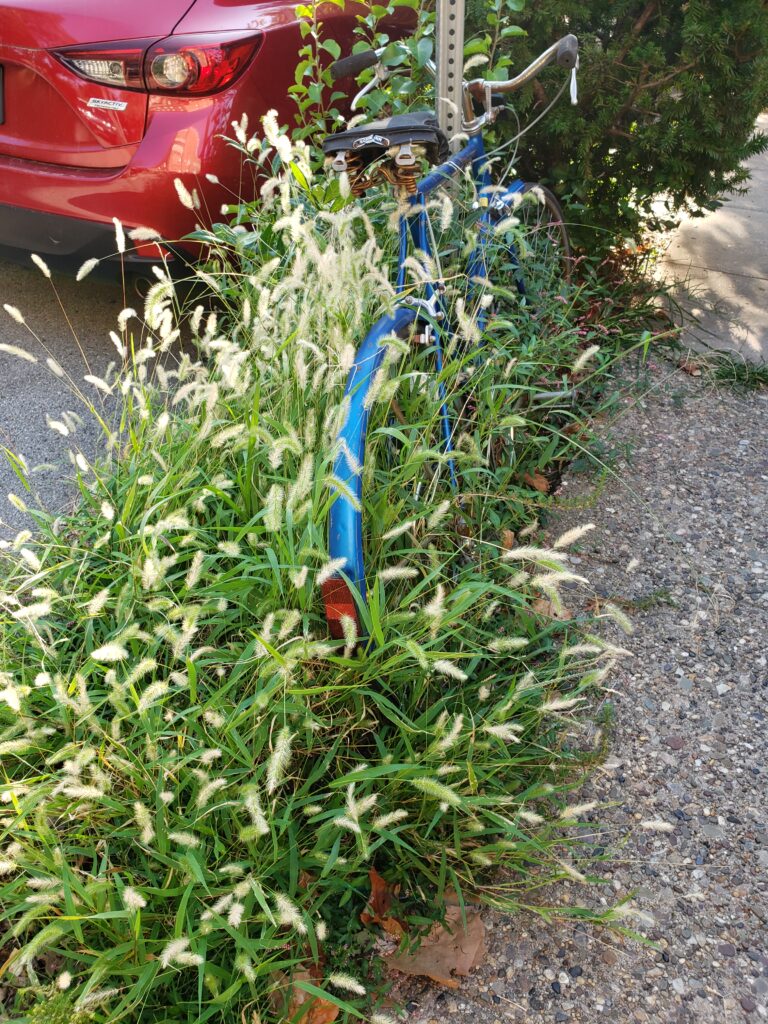
Setaria viridis
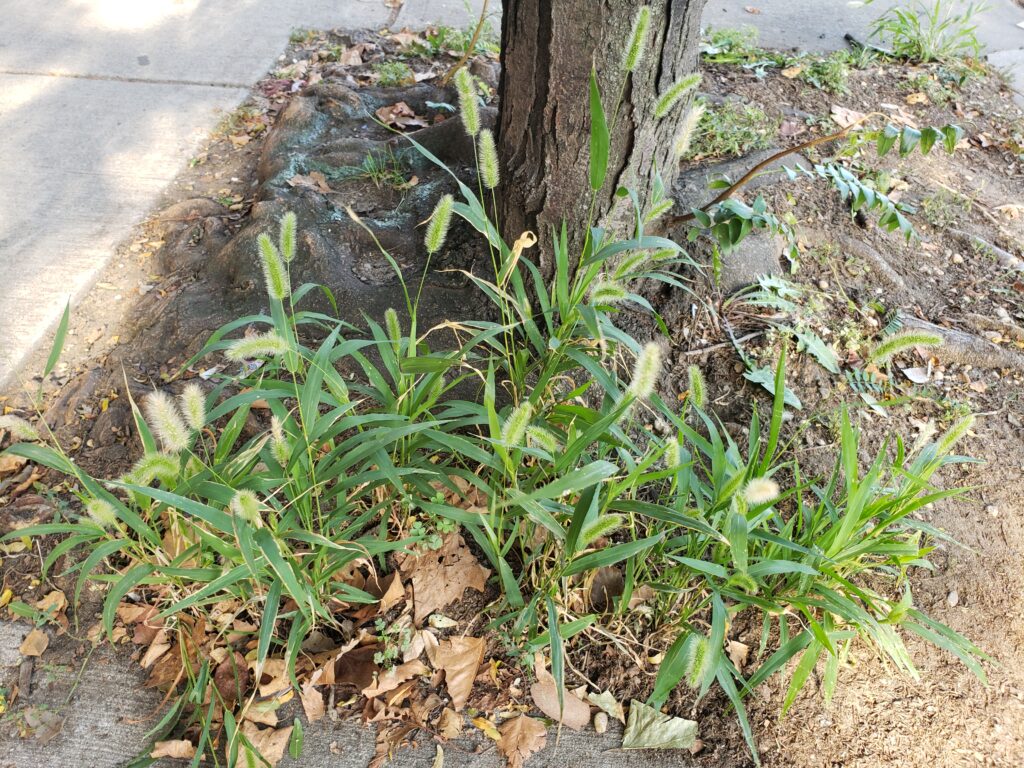
Setaria viridis
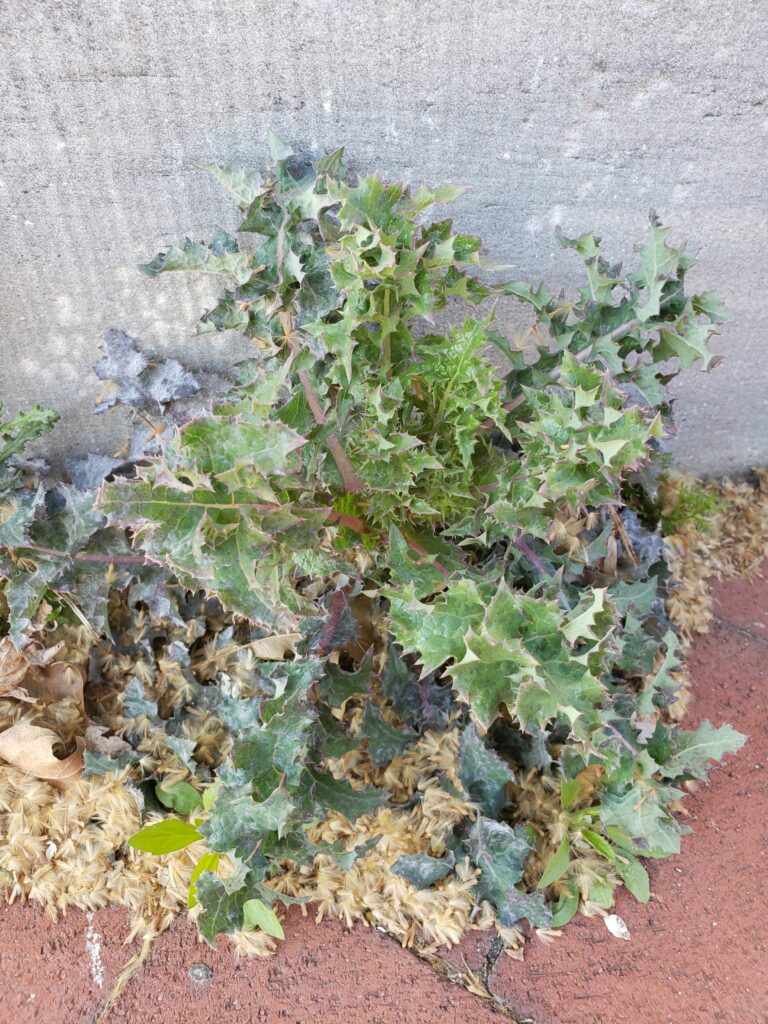
Sonchus asper (prickly sow-thistle; rough milk thistle). This is an annual or biennial herb with spiny leaves and yellow flowers resembling those of the dandelion. The leaves are bluish-green, lanceolate, covered in spines on both the margins and beneath. The leaves and stems emit a milky sap when cut, but it is edible after cooking. It is native to Europe, North Africa, and western Asia, has become naturalized on other continents, and is regarded as a noxious weed in many places. It is found all over Philadelphia, though I’ve spotted it only a couple times in West Philly.
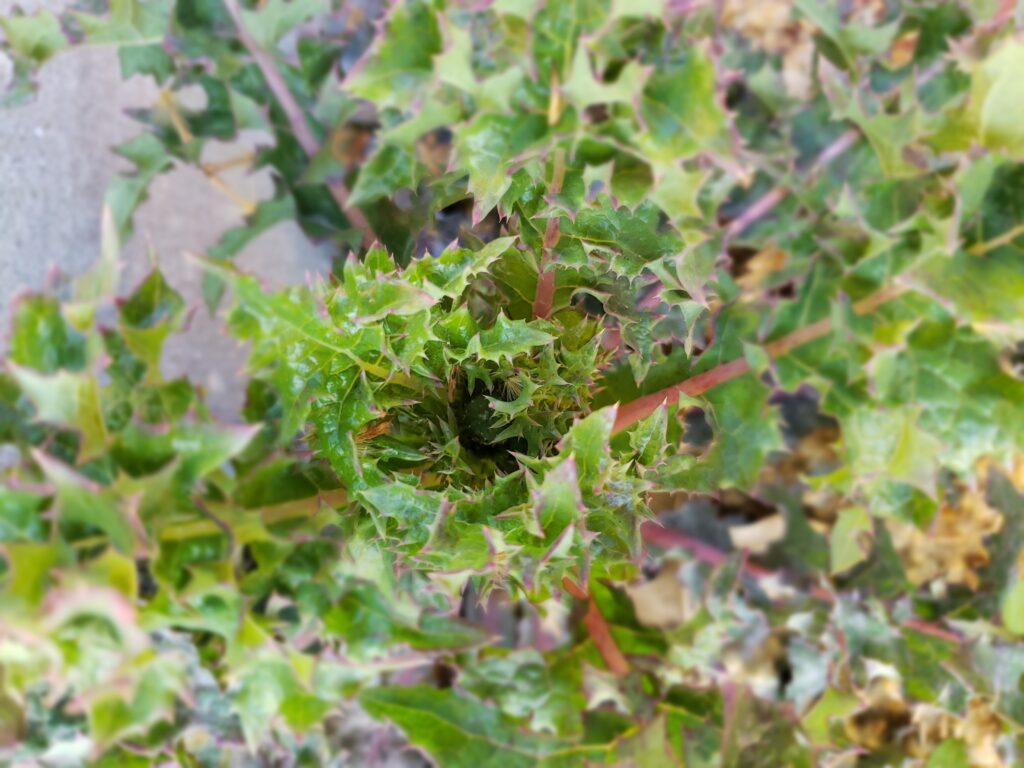
Sonchus asper
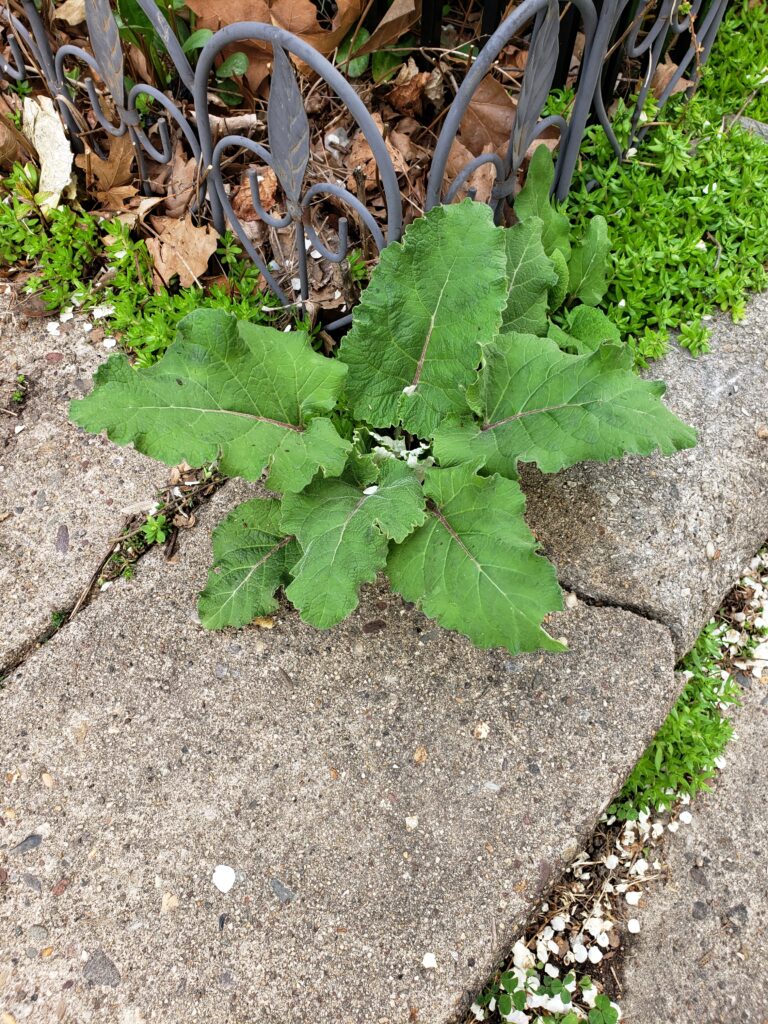
Arctium lappa (greater burdock; gobō). This is a Eurasian species in the Aster family, cultivated in gardens for its root used as a vegetable. It has become an invasive weed of high-nitrogen soils in North America and Australia.
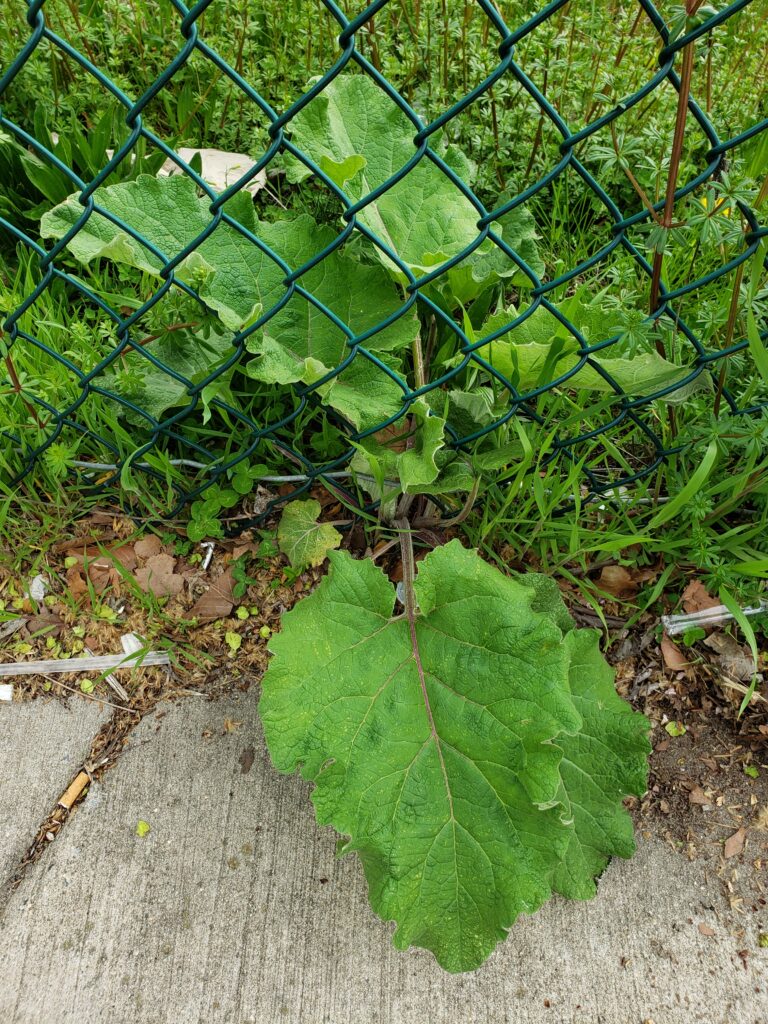
Arctium lappa
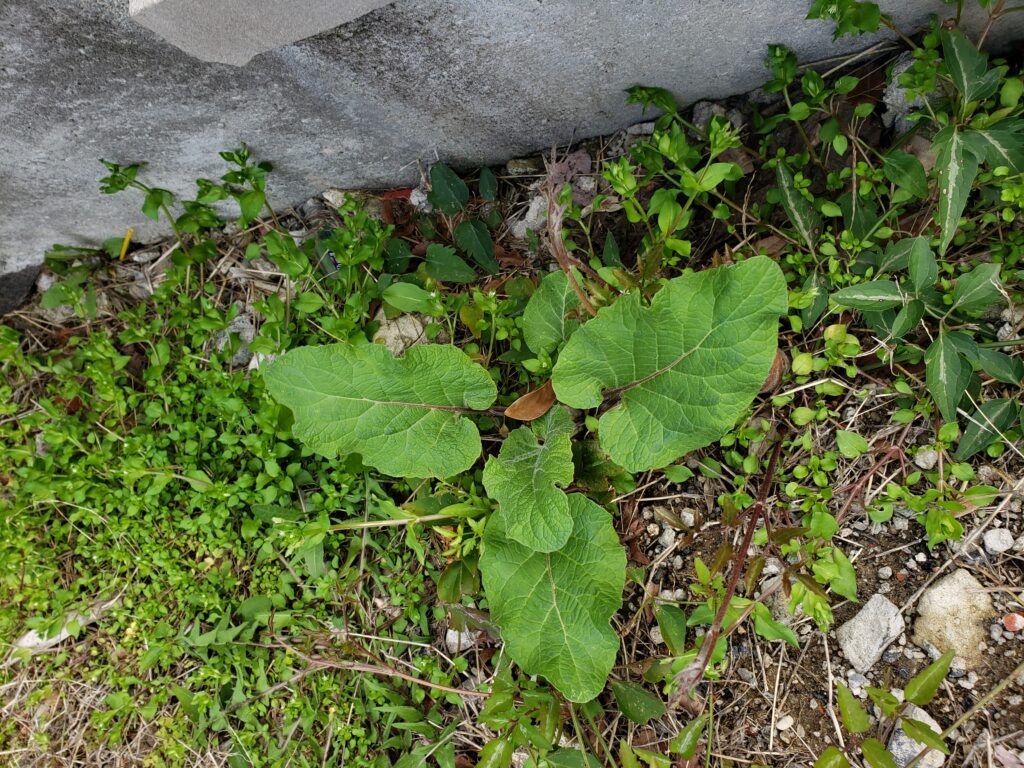
Arctium lappa
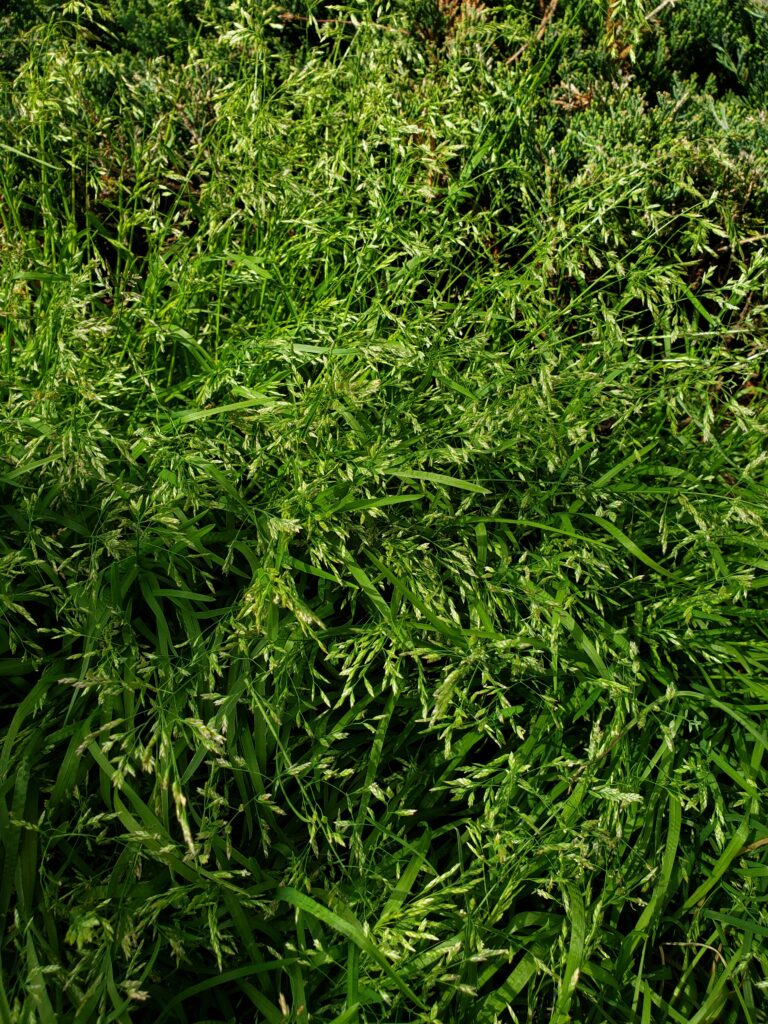
Poa pratensis (Kentucky bluegrass). This is a perennial grass native to almost all of Europe, North Asia and the mountains of Algeria and Morocco – first documented in 1753 by Linnaeus. The Spanish Empire brought the seeds of Kentucky bluegrass to the New World in mixtures with other grasses, and now it is found in huge areas of the US (though remarkably uncommon in Canada). It is used for lawns in parks and gardens, and is basically impossible to avoid in urban and suburban areas of the cool, moist Northeast (like Philly).
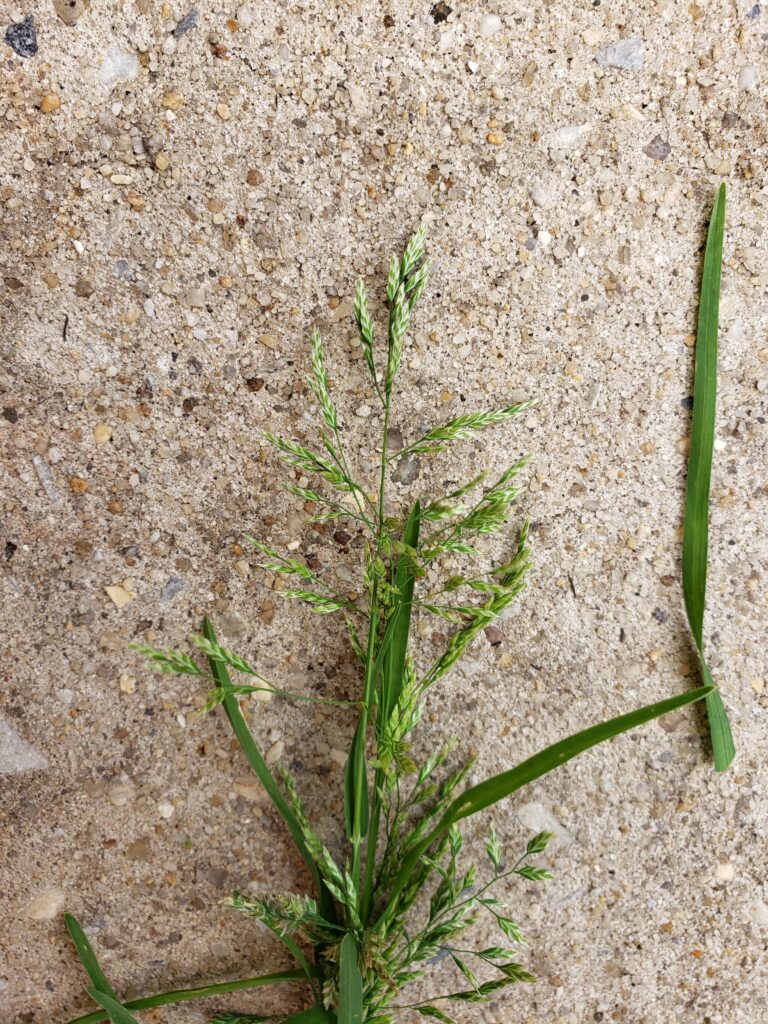
Poa pratensis
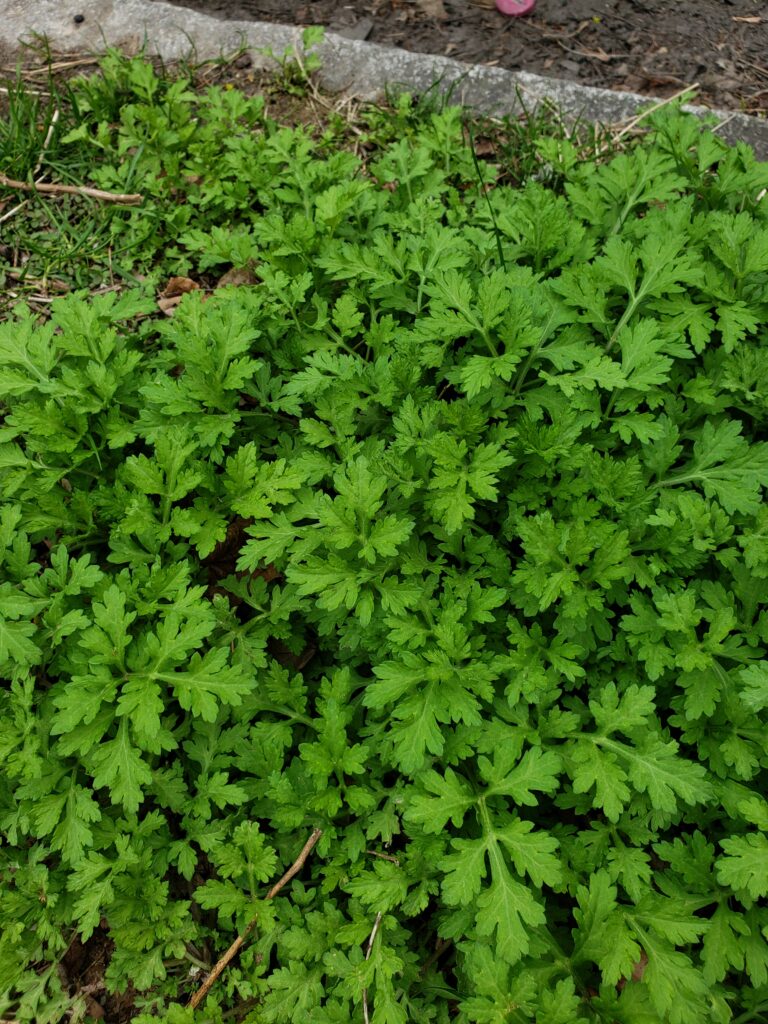
Artemisia vulgaris (mugwort). This is native to temperate Europe, Asia, northern Africa and Alaska, and is naturalized in North America, where some consider it invasive. It is very common on nitrogenous soils, like weedy and uncultivated areas, such as waste places and roadsides. Mugwort is one of the key ingredients in gruyt (or “gruit”), an herb mixture used to flavor beers before hops became popular. Medicinally, mugwort has been used for pain relief, for treatment of fever, and as a diuretic, but overdoses can cause pain and spasms.
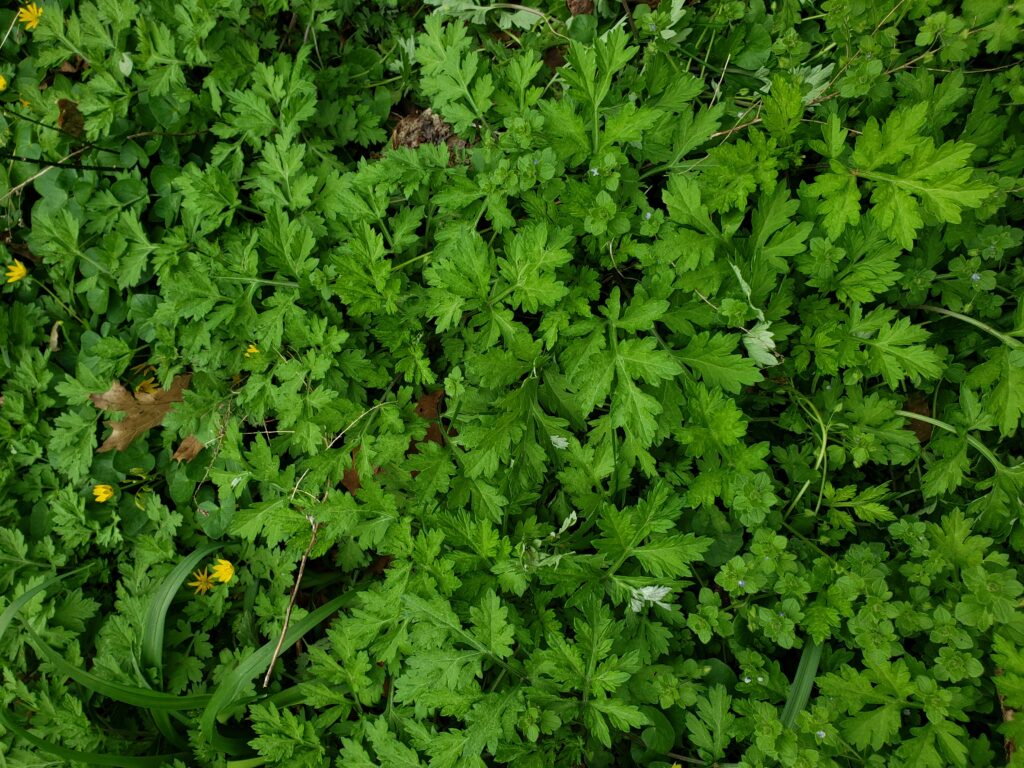
Artemisia vulgaris
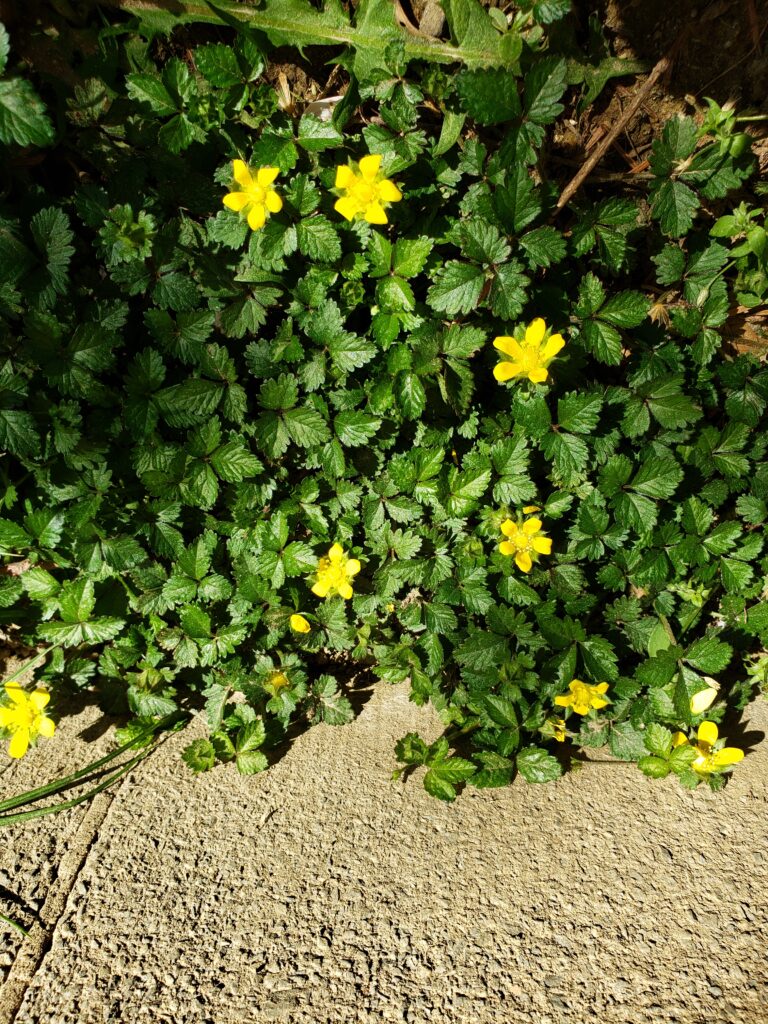
Potentilla indica (false strawberry). This is a flowering plant (family Rosaceae) with foliage and accessory fruit similar to a true strawberry. It has yellow flowers, unlike the white or slightly pink flowers of true strawberries. It is native to eastern and southern Asia, but has been introduced to many other areas as a medicinal (topical eczema treatment) and an ornamental plant.
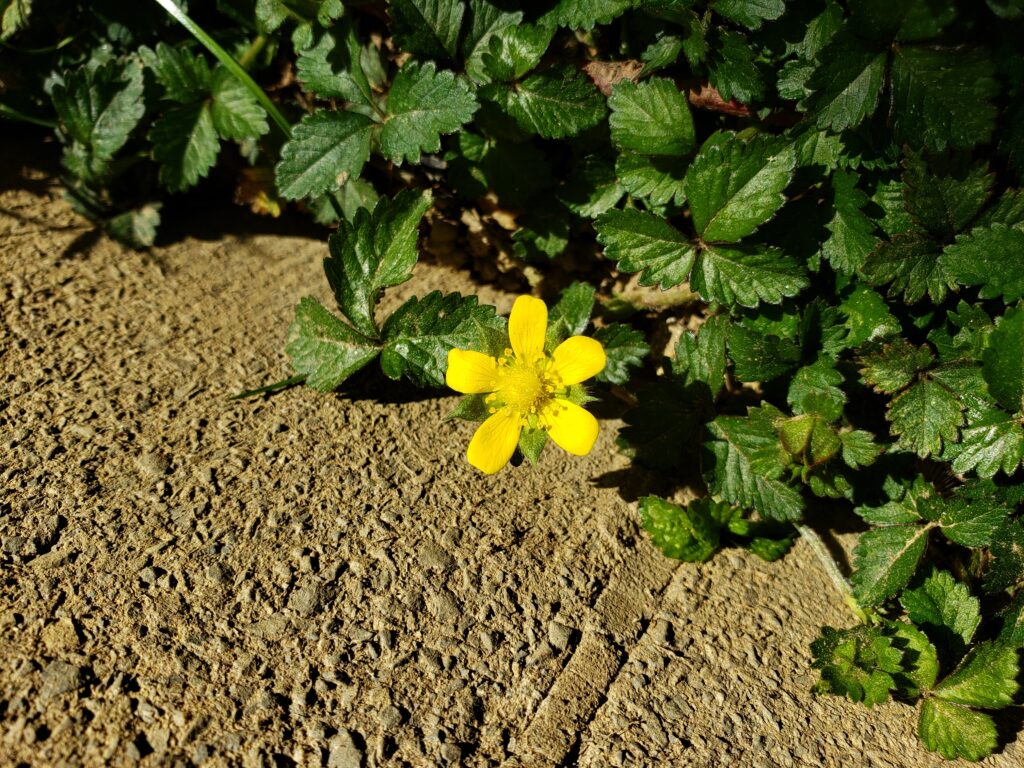
Potentilla indica
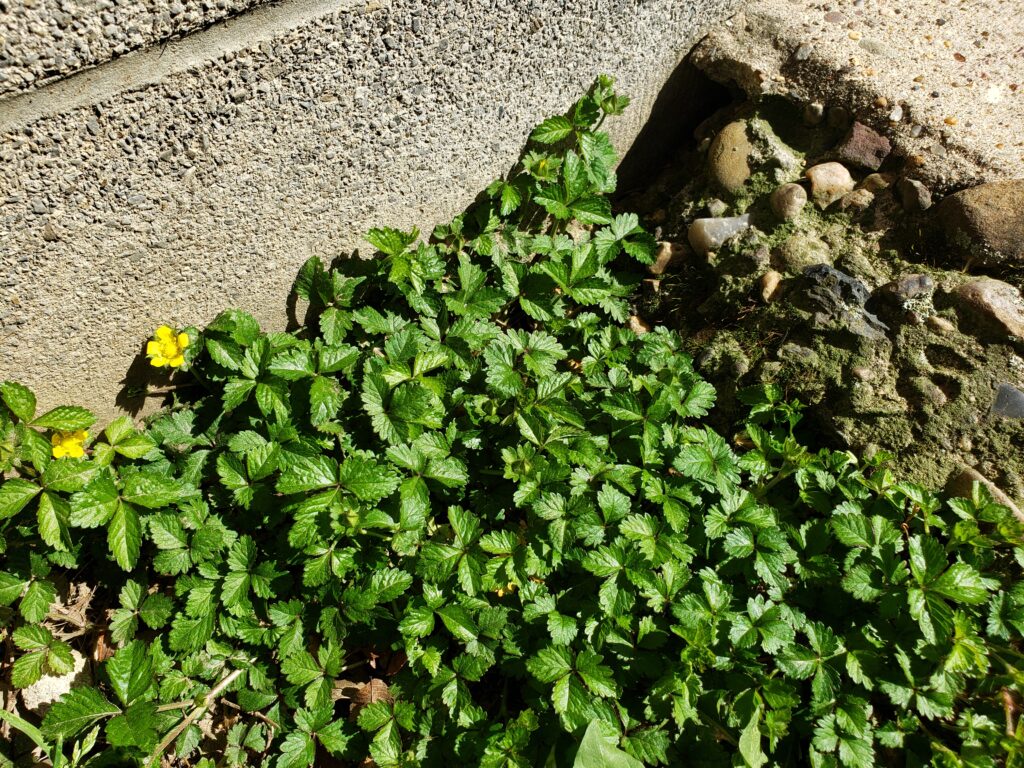
Potentilla indica
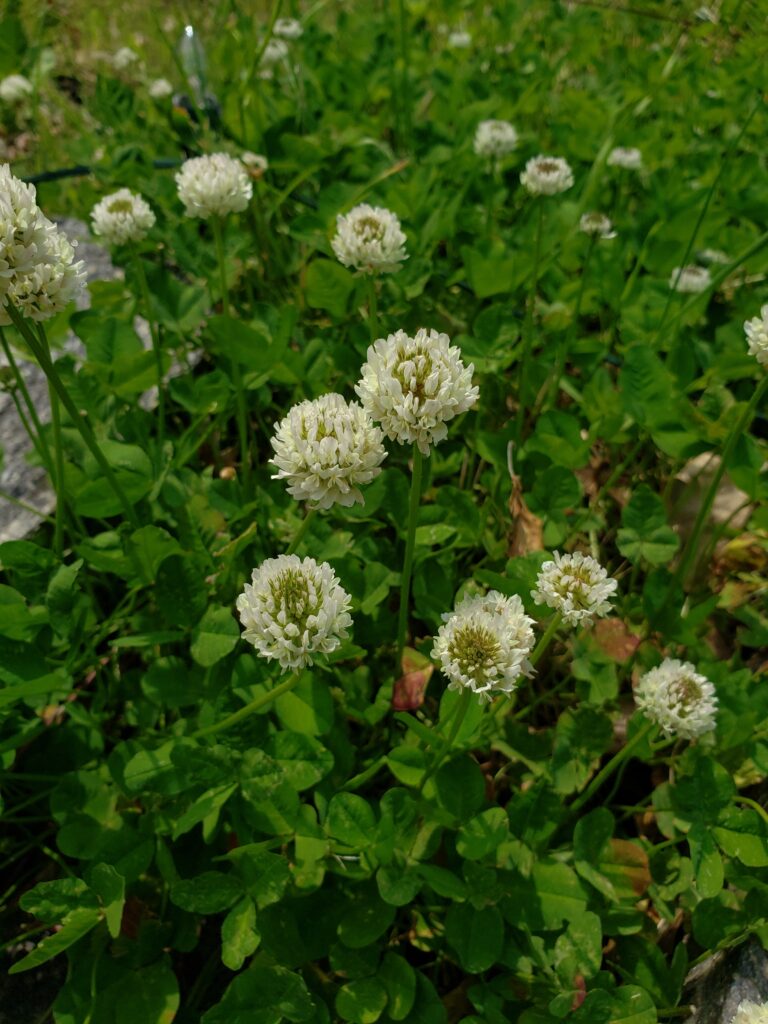
Trifolium repens (white clover; Dutch clover). This is an herbaceous perennial plant in the bean family, Fabaceae. It is native to Europe and central Asia and is one of the most widely cultivated types of clover. It has been widely introduced worldwide as a forage crop, and is now also common in most grassy areas (lawns and gardens) of North America.
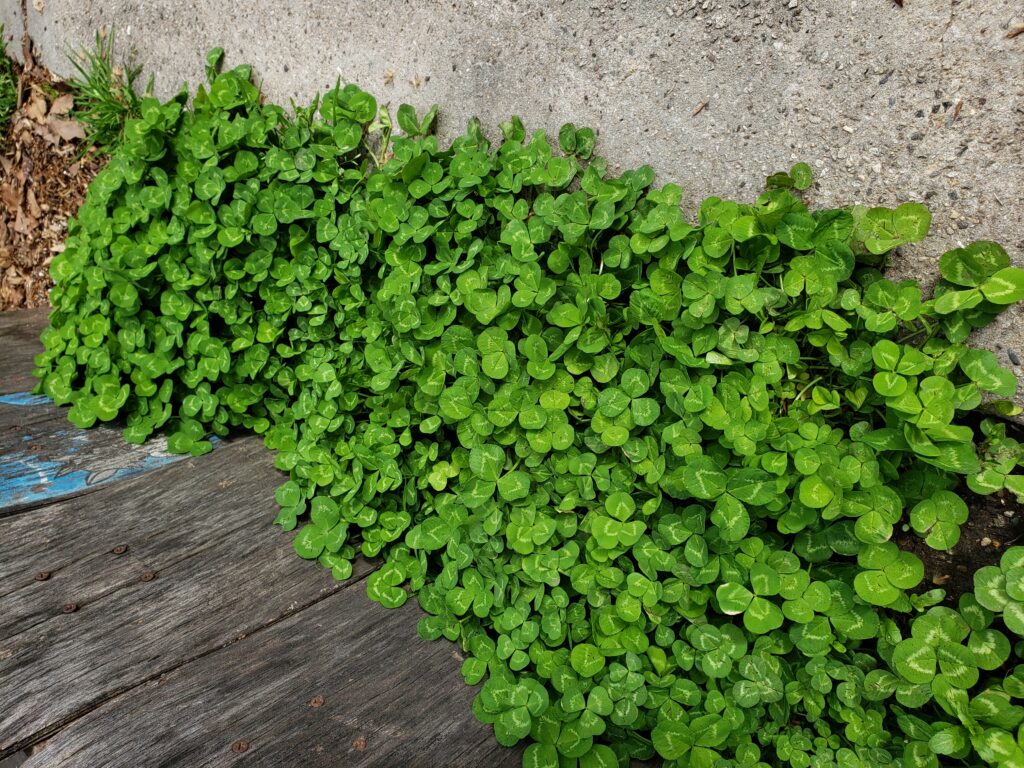
Trifolium repens
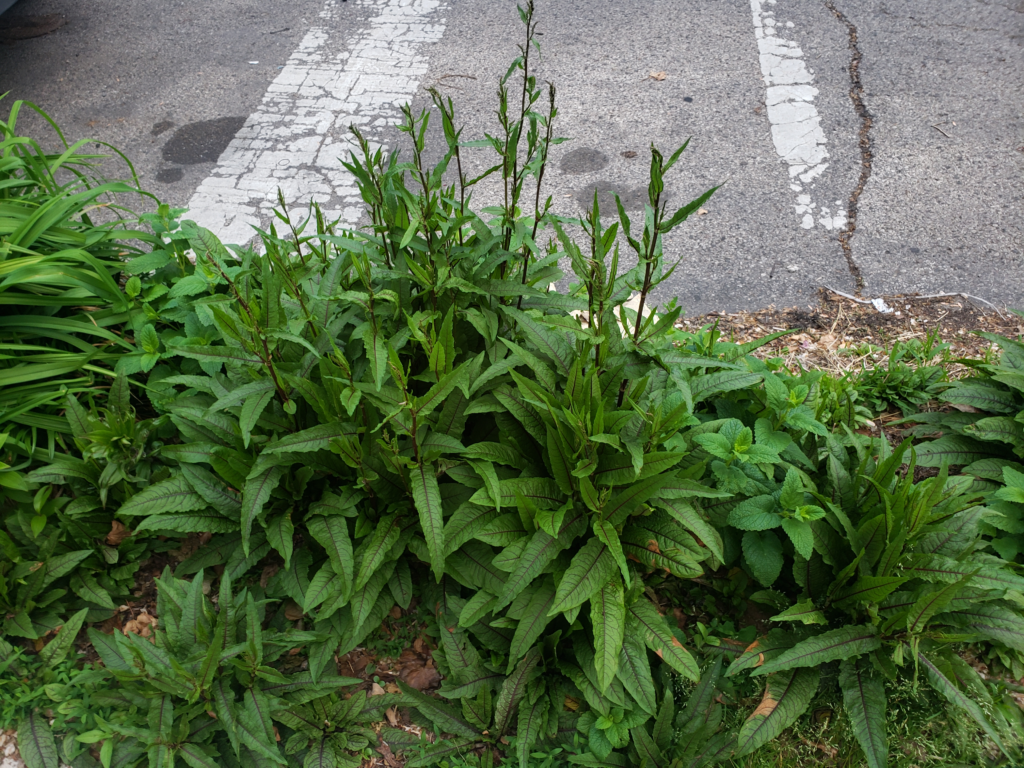
Rumex sanguineus (bloody dock). This is a perennial flowering plant species in the family Polygonaceae. It is a dicot and can be observed in Europe with at least two varieties. The leaves are deciduous to partially persistent at maturity. Flower is terminal and occupies the top 2/3 of the stem. The leaves are situated to the base of the plant only. The pedicel, stalk bearing the inflorescense, is proximal 1/3 and rarely in the middle of the filiform. In general, it is larger than the inner tepals with distinctly swollen articulation. When flowering there are normally 10- 20 flowers in lax remote whorls. Rumex sanguineus flower in the summer in moist and riparian habitat.
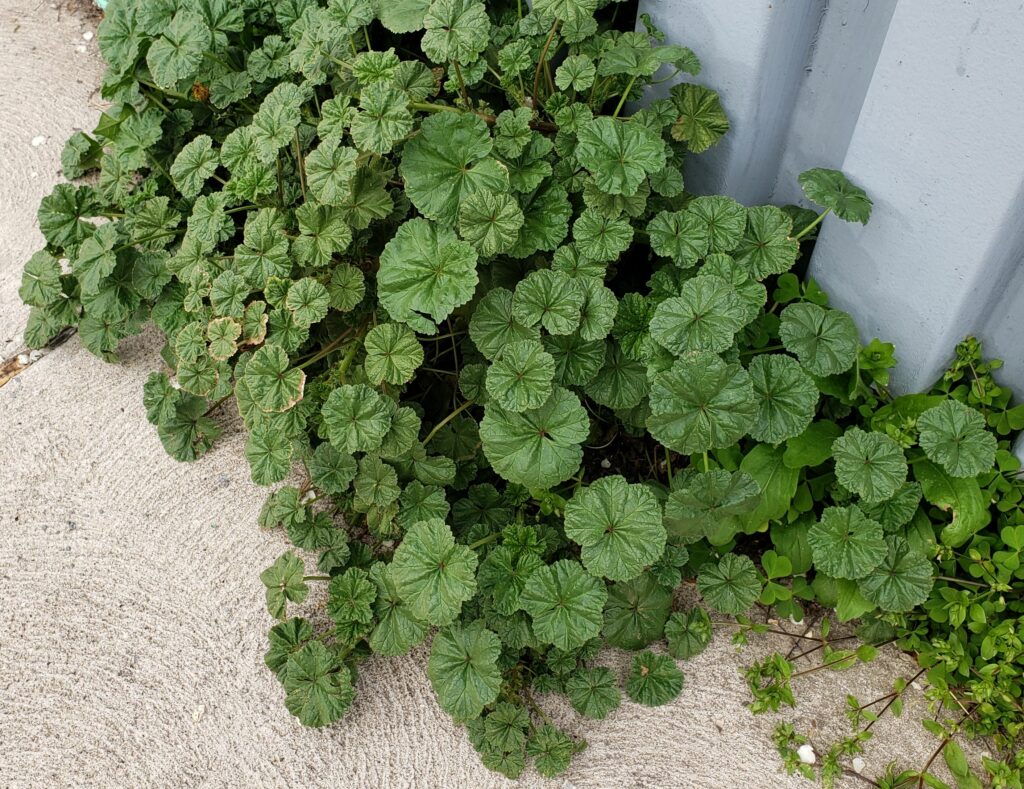
Malva neglecta (common mallow; cheeseweed). This is an annual growing up to 2 feet tall. It is often consumed as a food, with its leaves, stalks and seed all being considered edible. This is especially true of the seeds, which contain ~20% protein and ~15% fat.
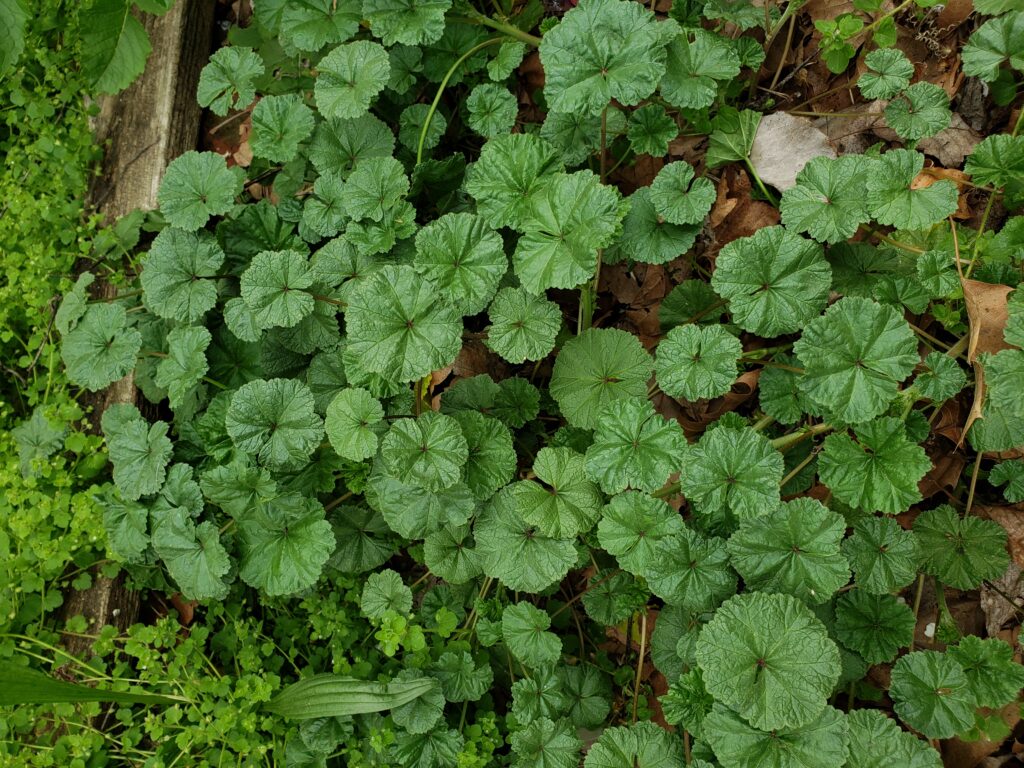
Malva neglecta
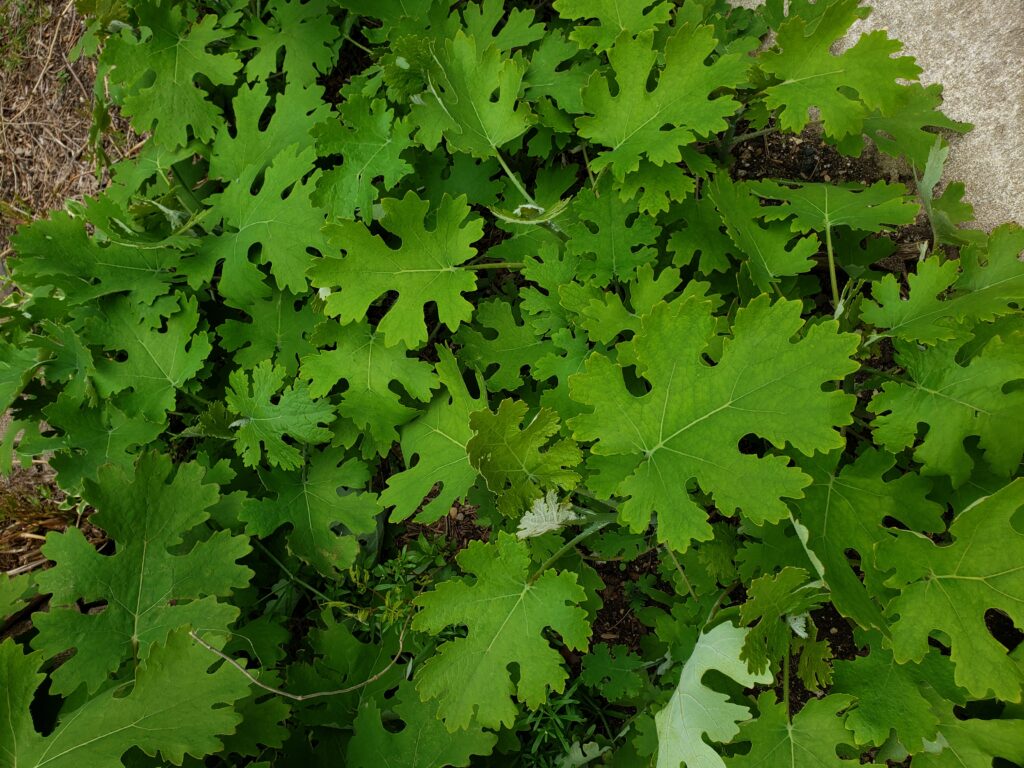
Macleaya microcarpa (plume poppy). This is a unique poppy species with some of the coolest leaves I’ve ever see. I’ve seen only one in West Philly (near 44th & Osage), but I get the impression it’s there unintentionally. It spreads very rapidly though underground suckers and self-seeding, so I wouldn’t be surprised if we see it all over Philadelphia in ten years.
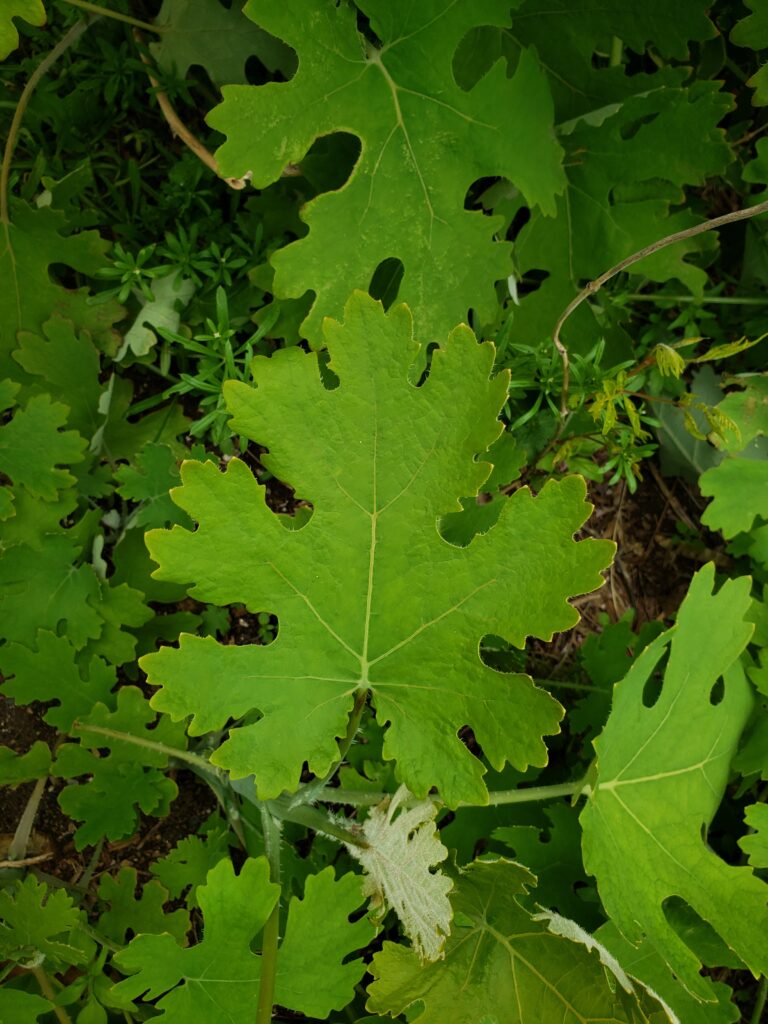
Macleaya microcarpa
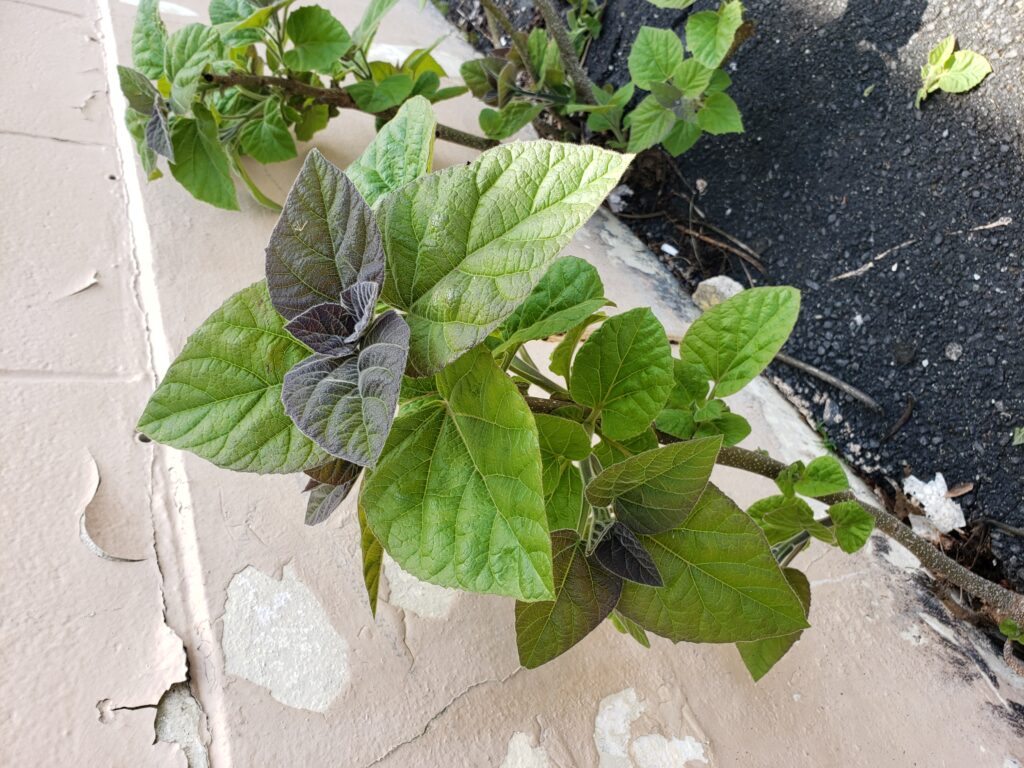
Paulownia tomentosa (princess tree; foxglove tree). This is a remarkably fast-growing tree that does incredibly well here in Philly. Originally from China, it shows resilience to poor soil, pollution, cramped growing conditions, and even fire (roots quickly grow new stems). Its robustness to city life has caused many to consider it invasive, yet the tree is grown throughout the world as a pioneer plant, ornamental, ceremonial plant (e.g. in Japan), and others.
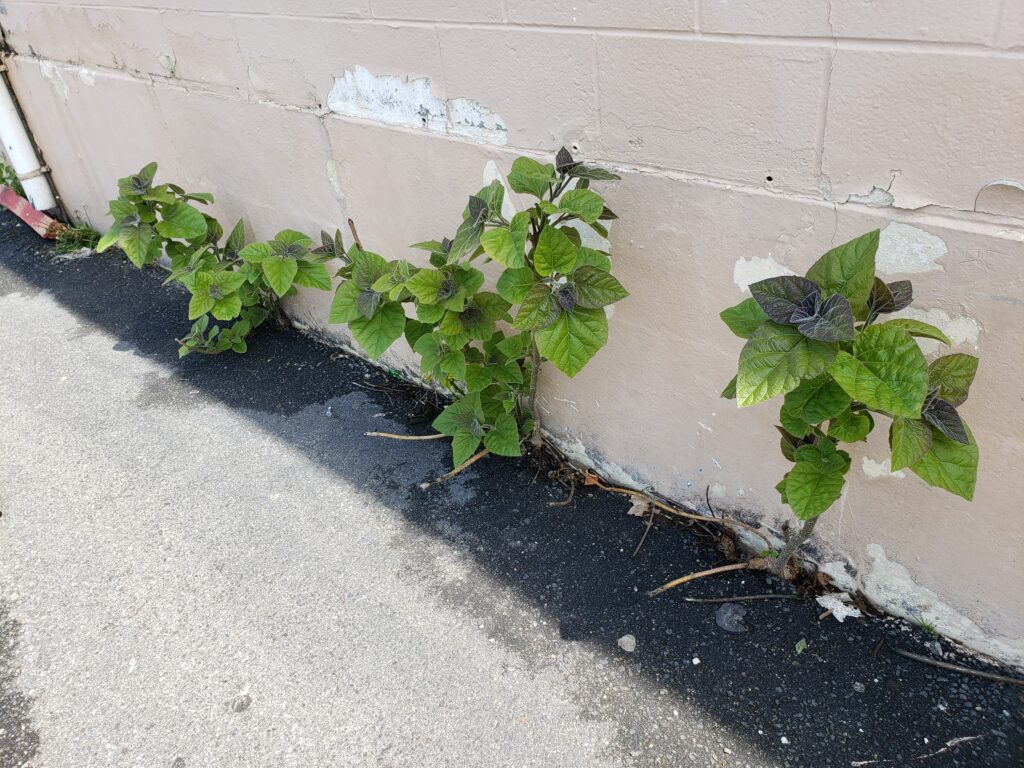
Paulownia tomentosa
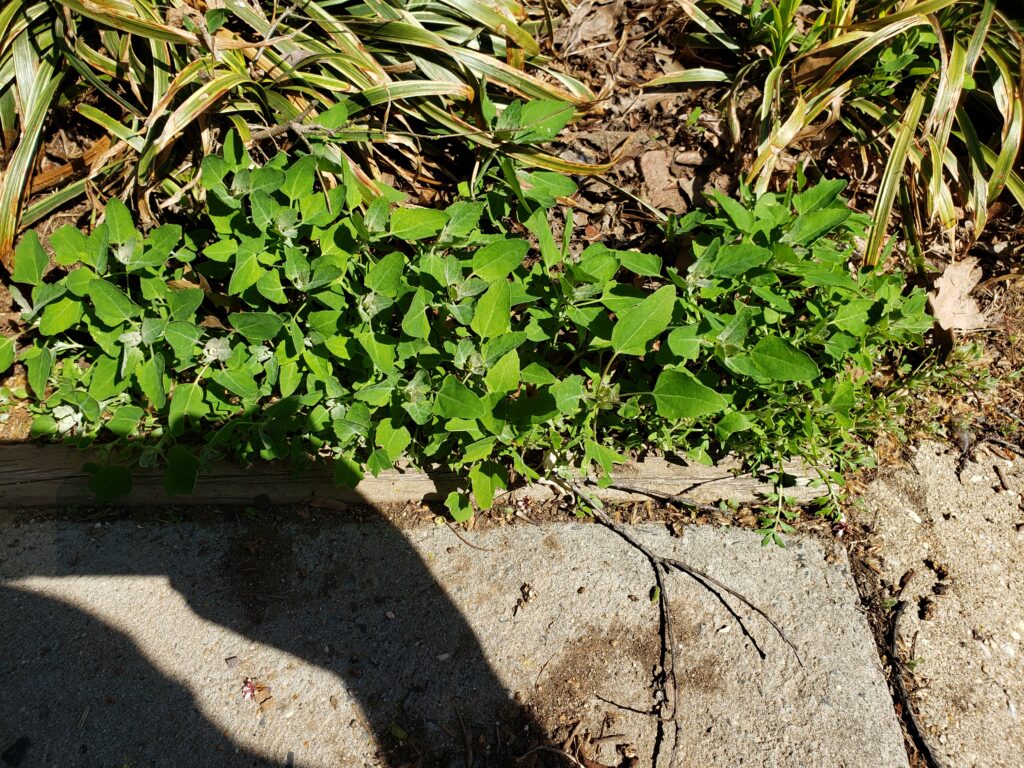
Chenopodium album (lamb’s quarters).
__________________________________________________
Other West Philly plants (including cultivated)
~~~~~~~~~~~~~~~~~~~~~~~~~~~~~~~~~~~~~~~~~
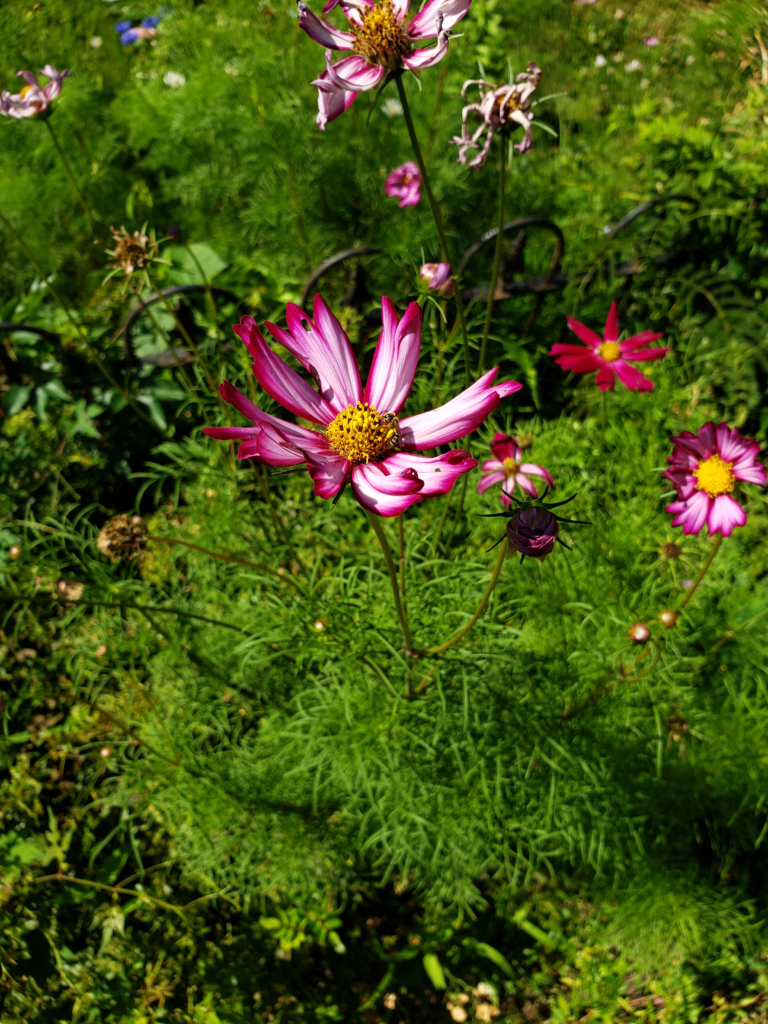
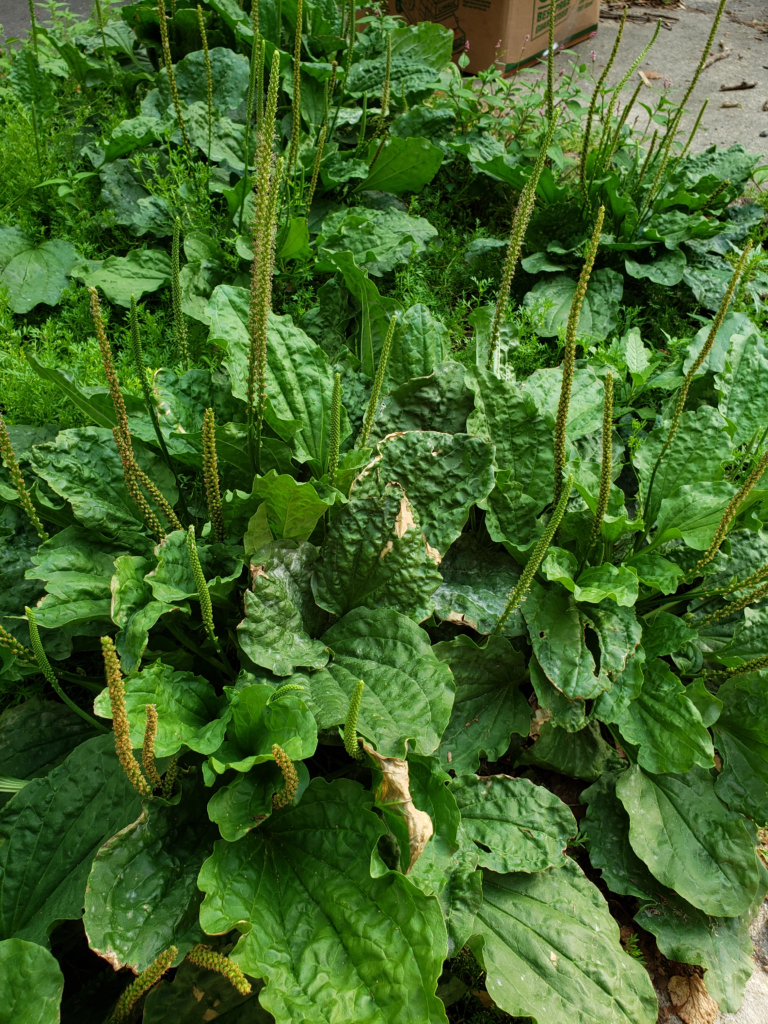
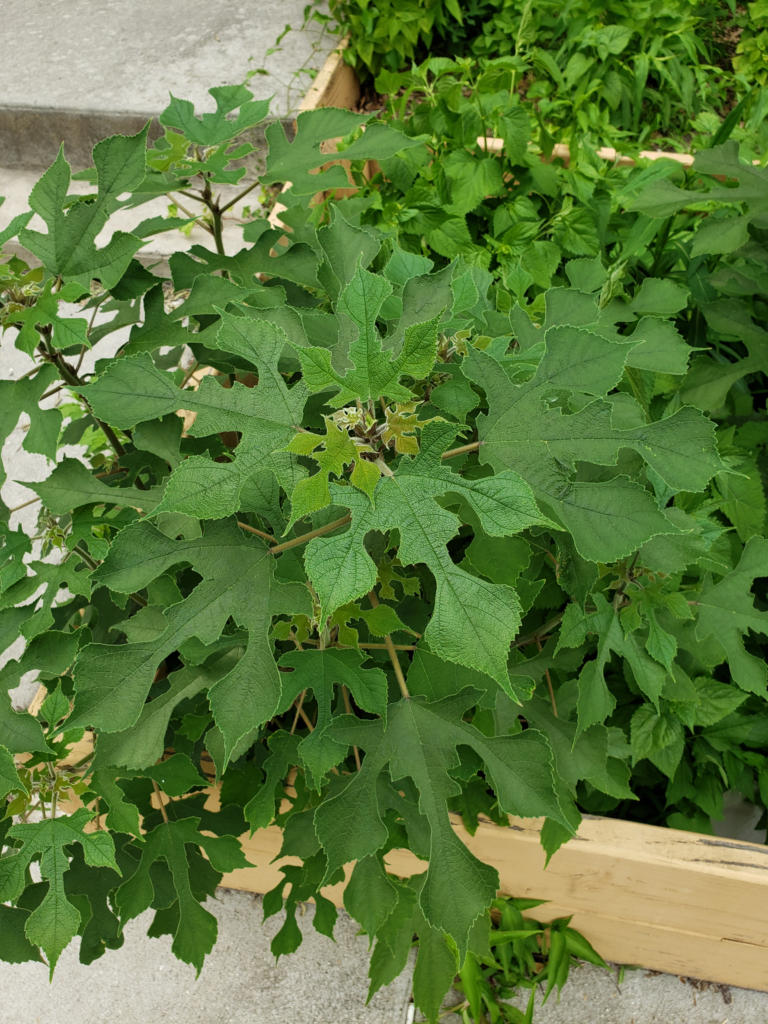
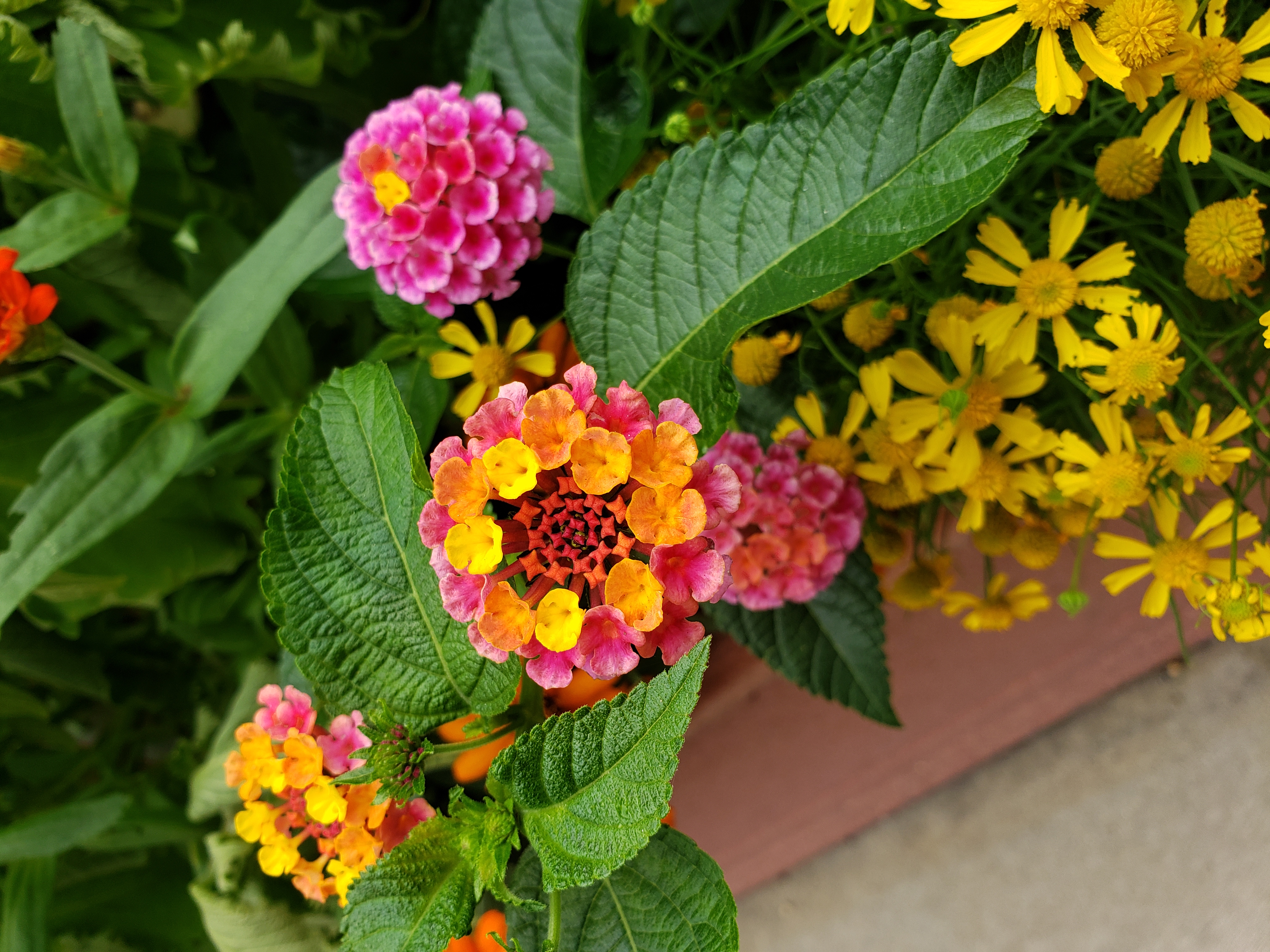
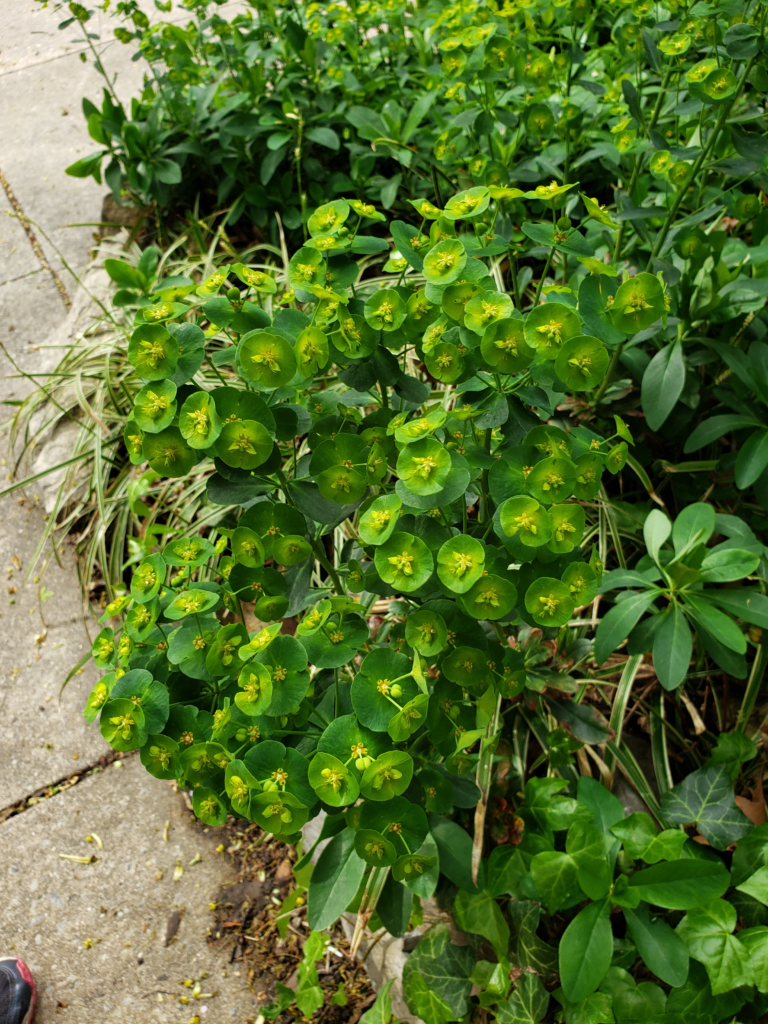
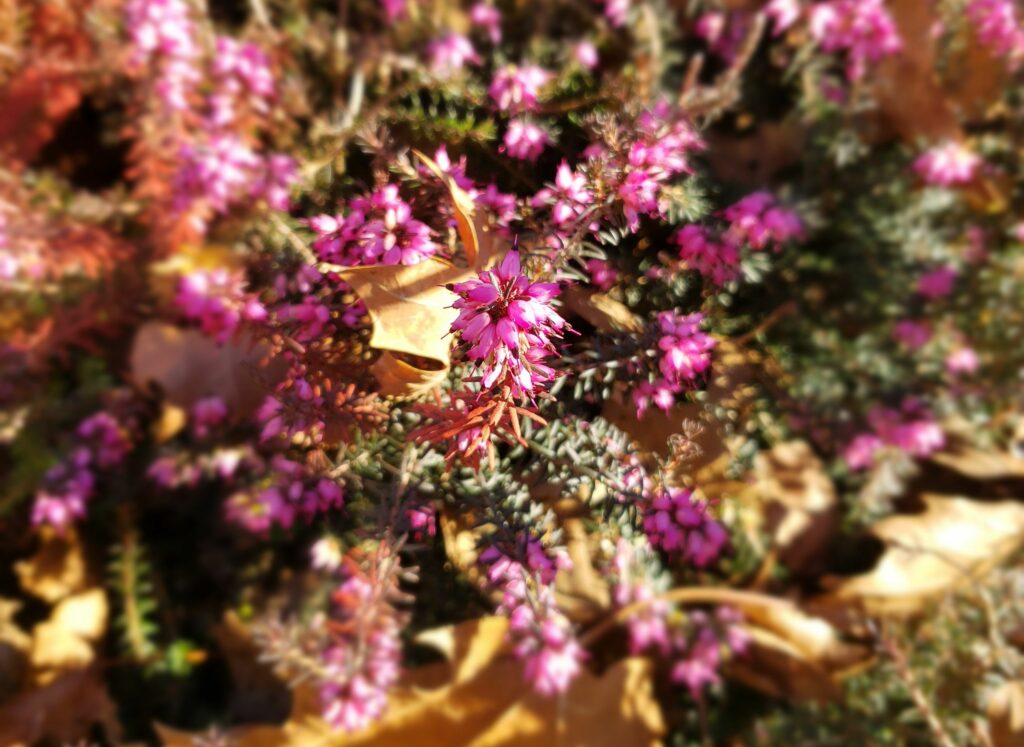
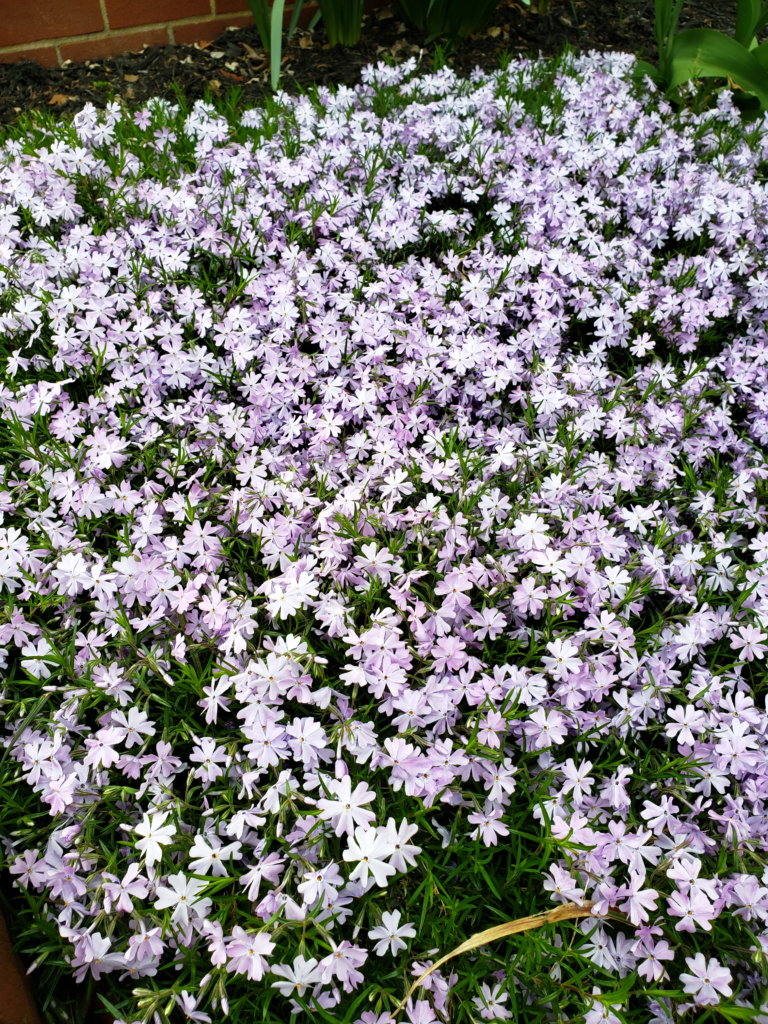
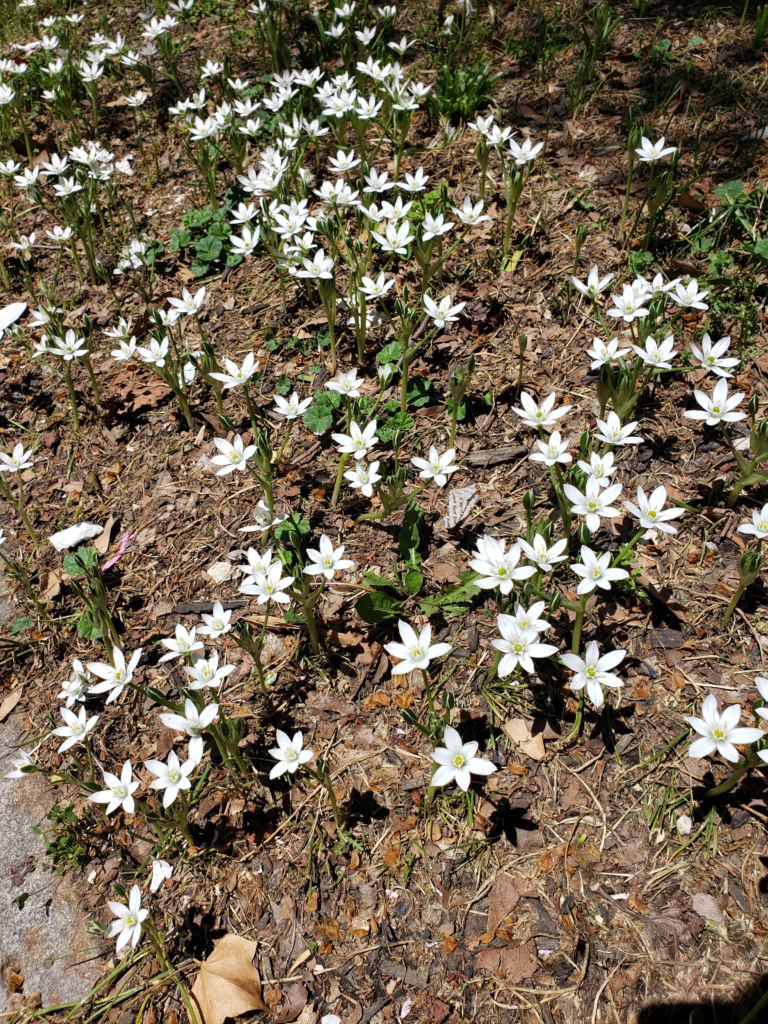
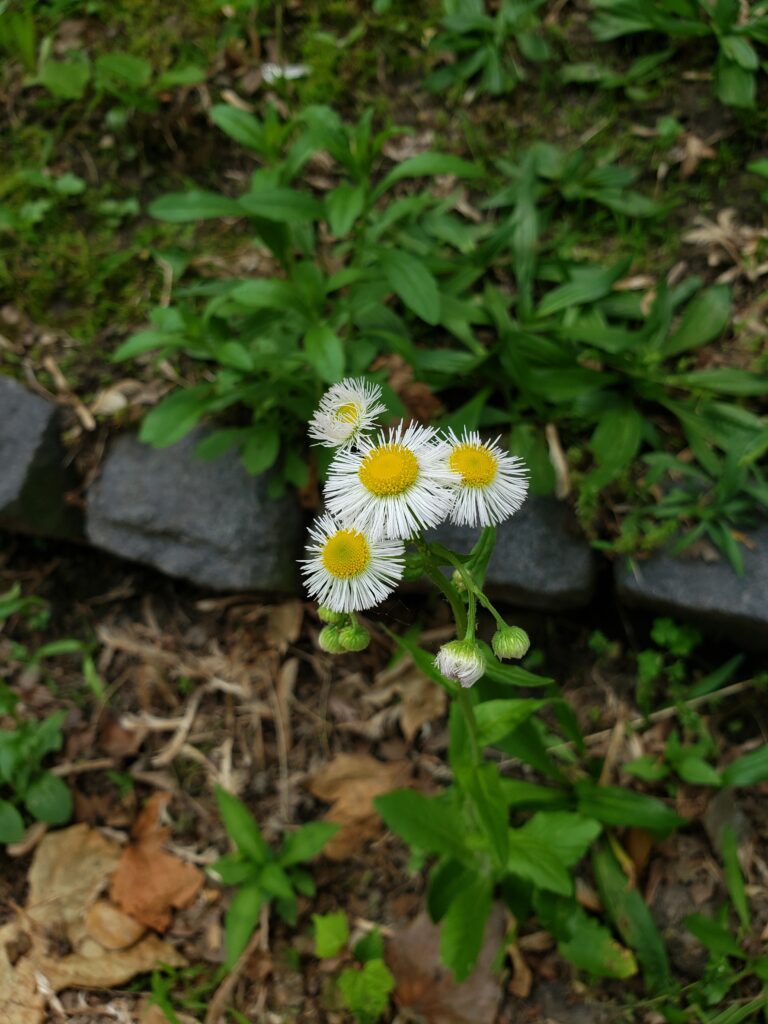
.jpg)
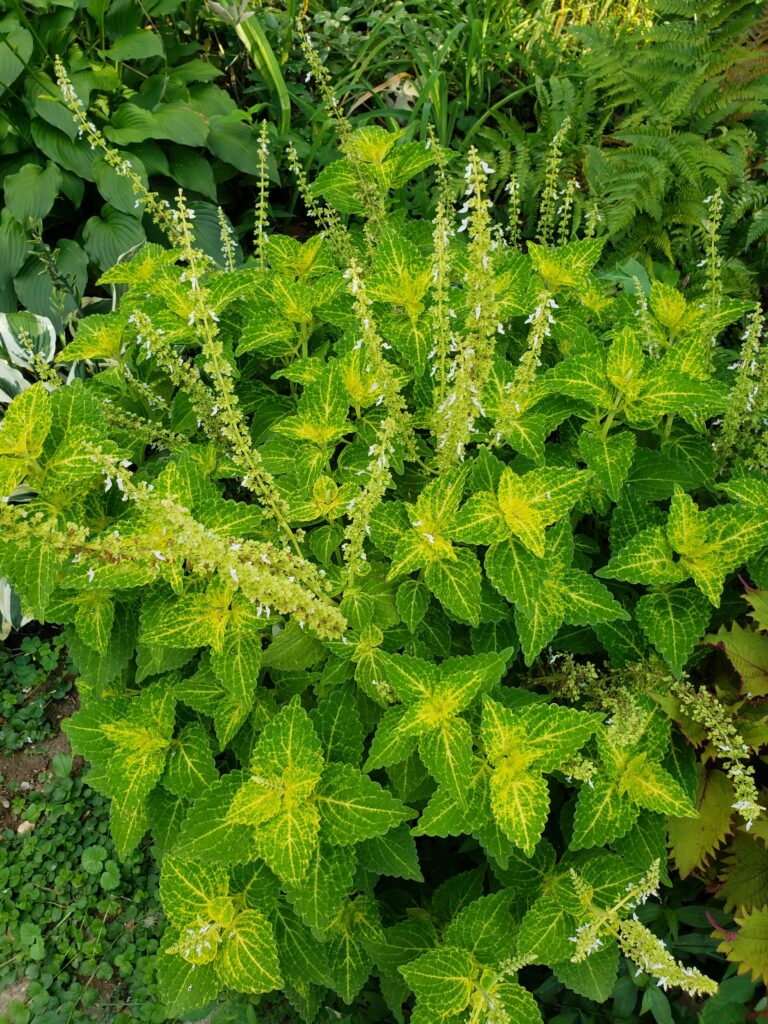
Visit the full herbarium (over 100 identified West Philly plants) here! There’s a little more information about each plant and additional photos, but please note the GPS coordinates are currently incorrect.
All questions can be directed to reductionist@gmail.com.